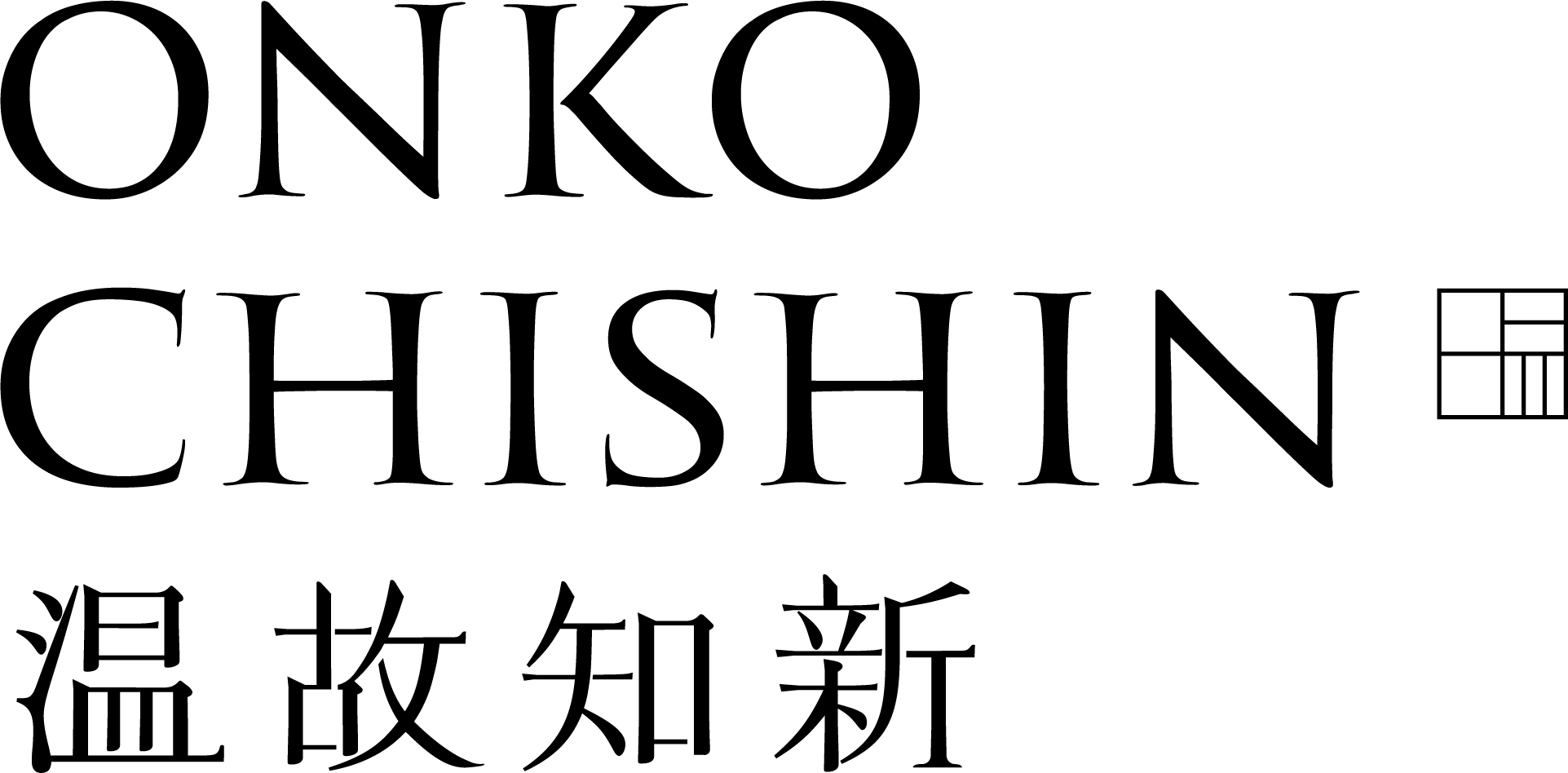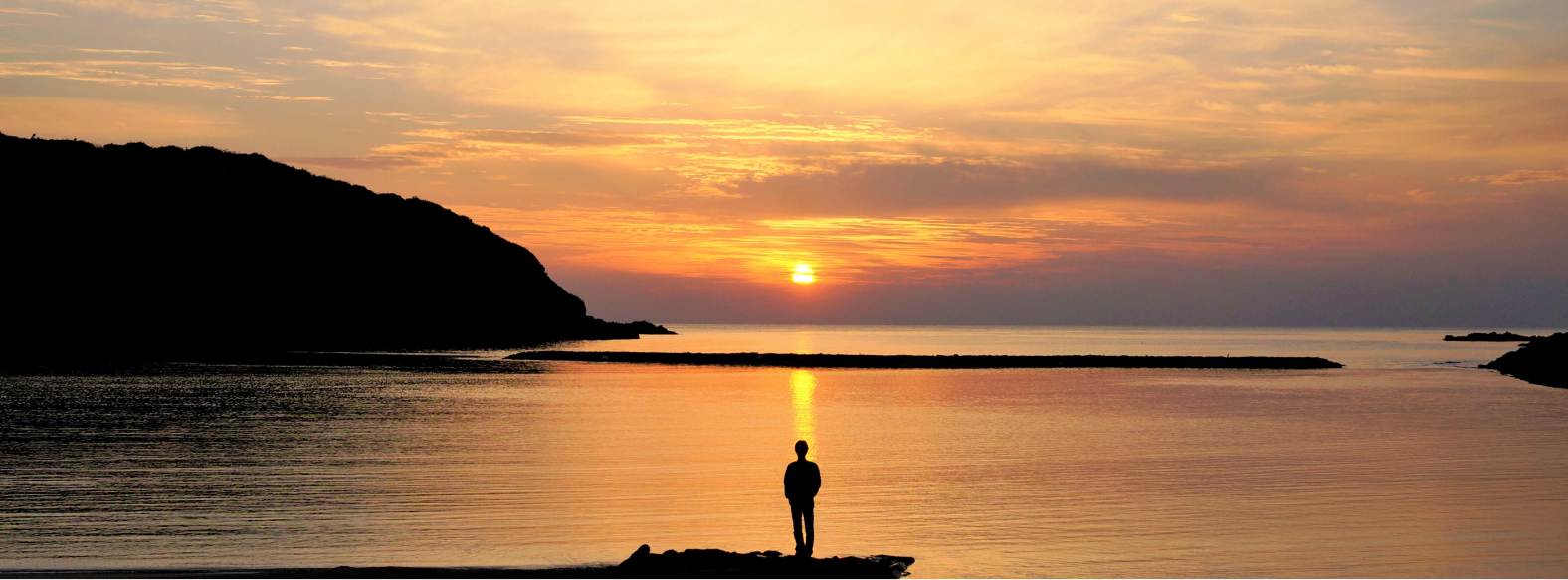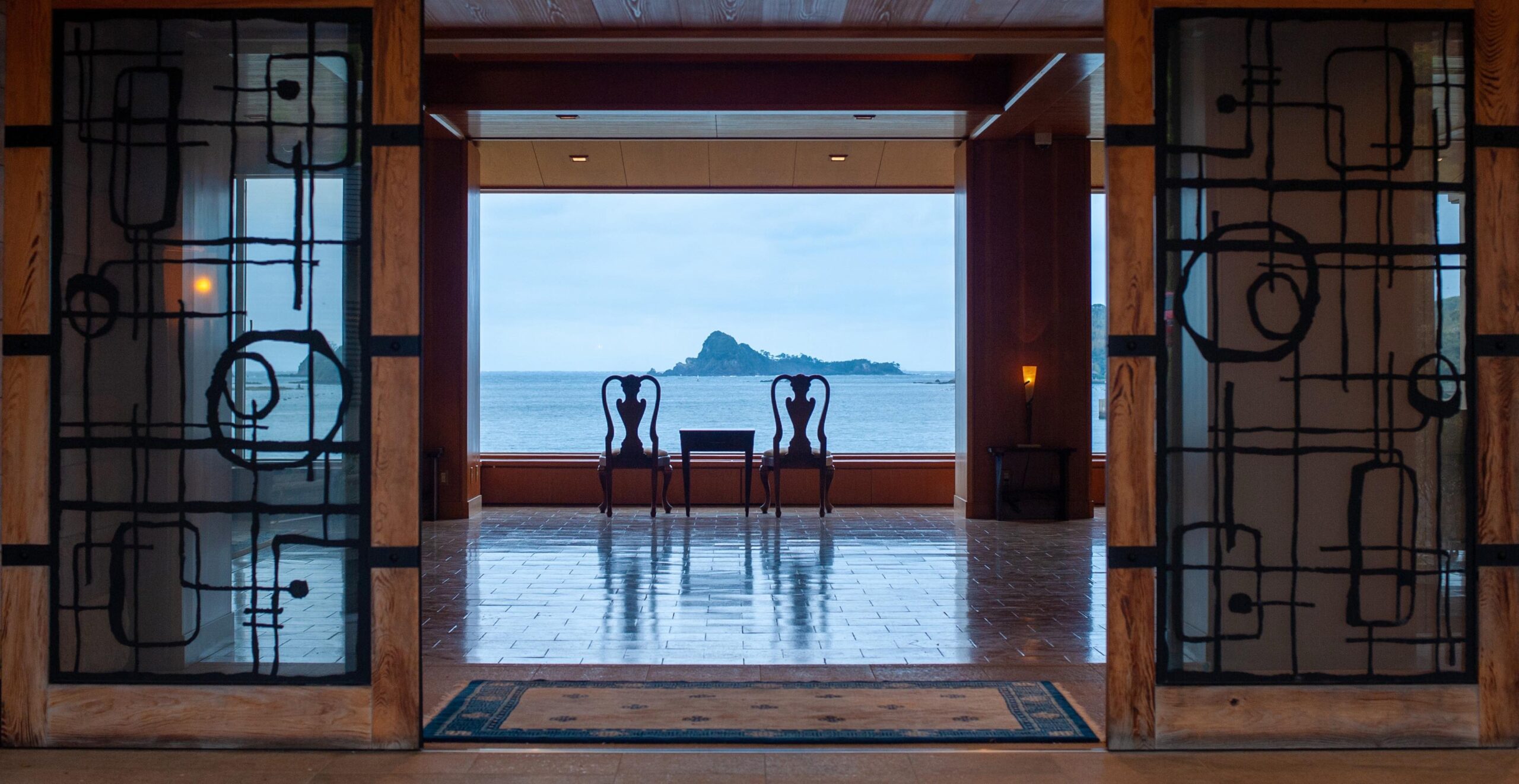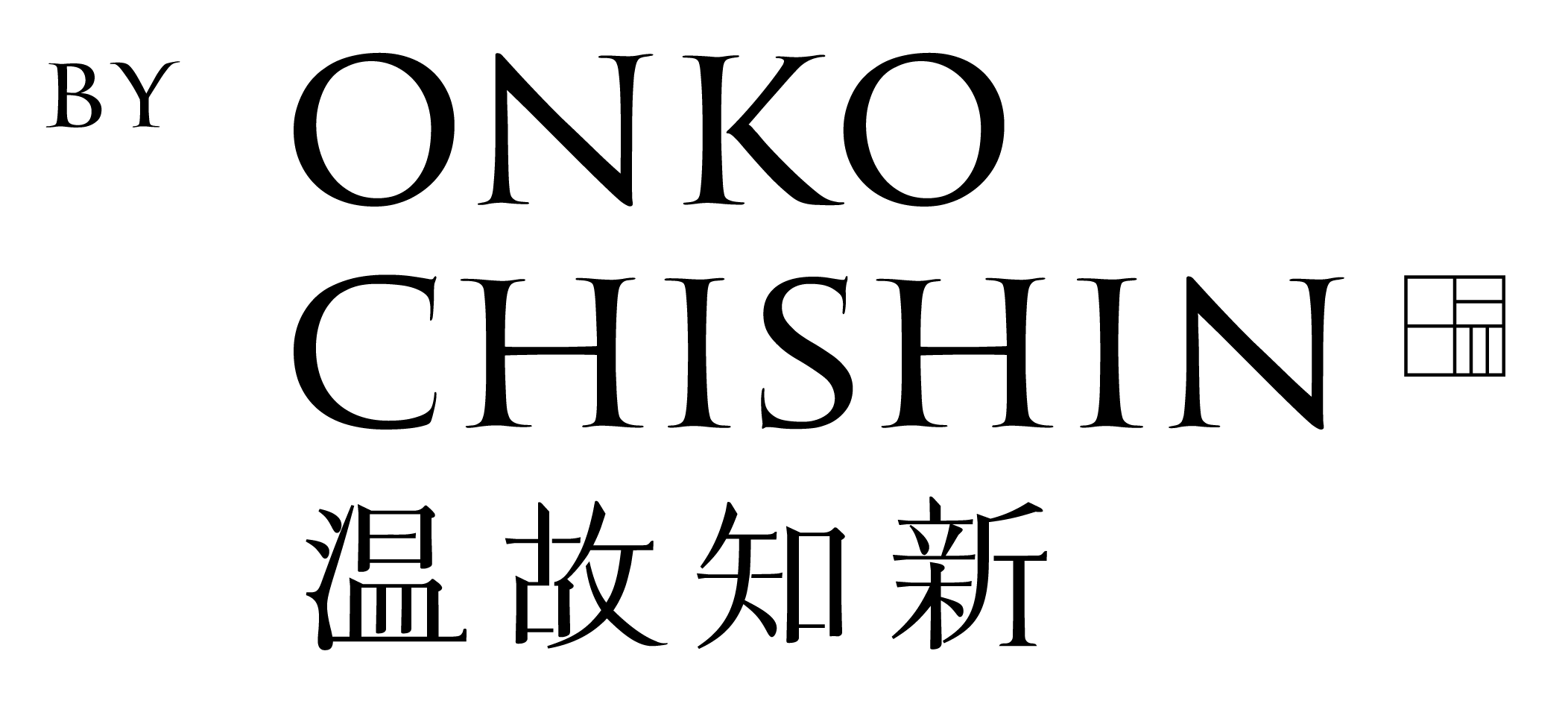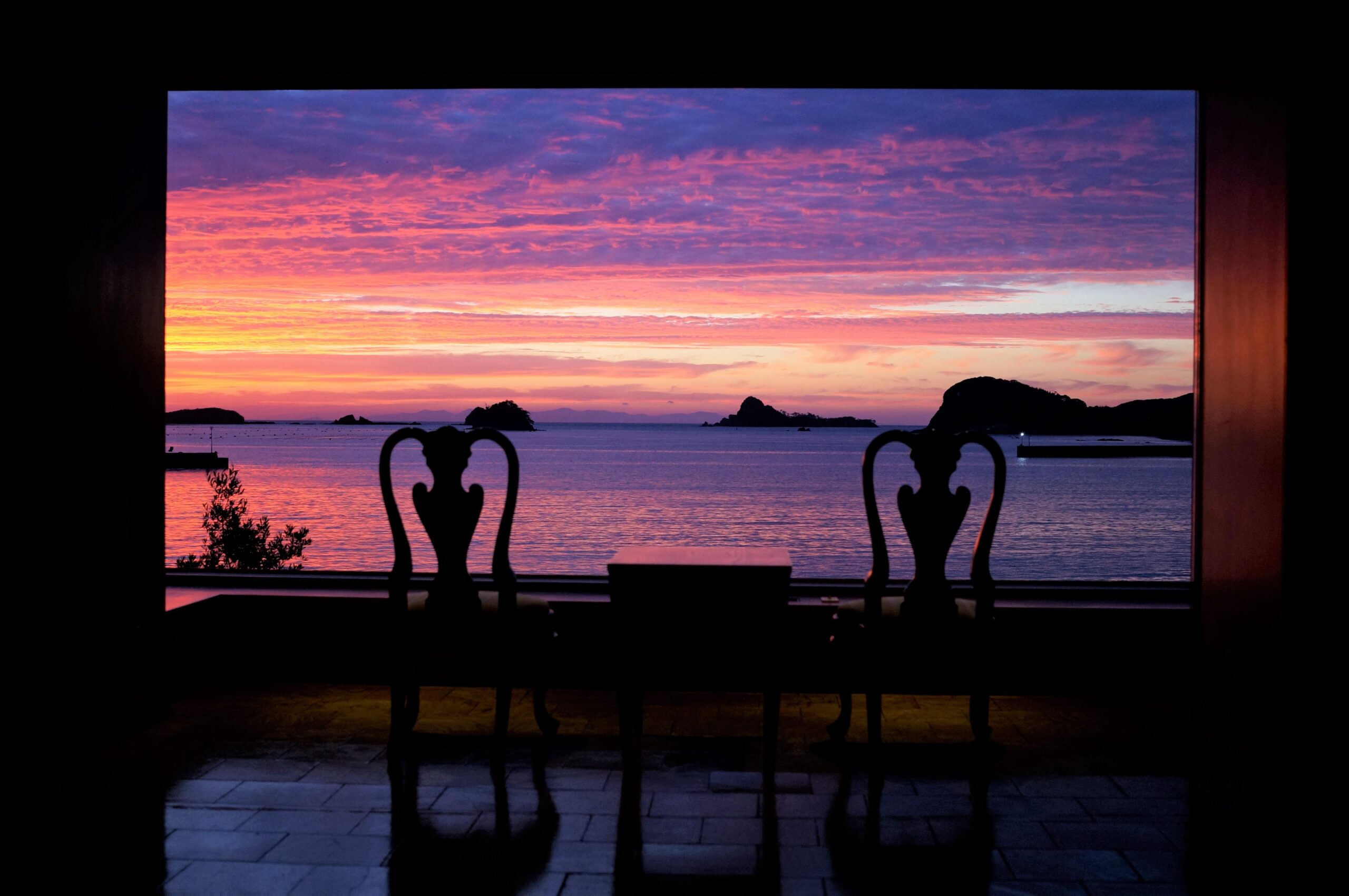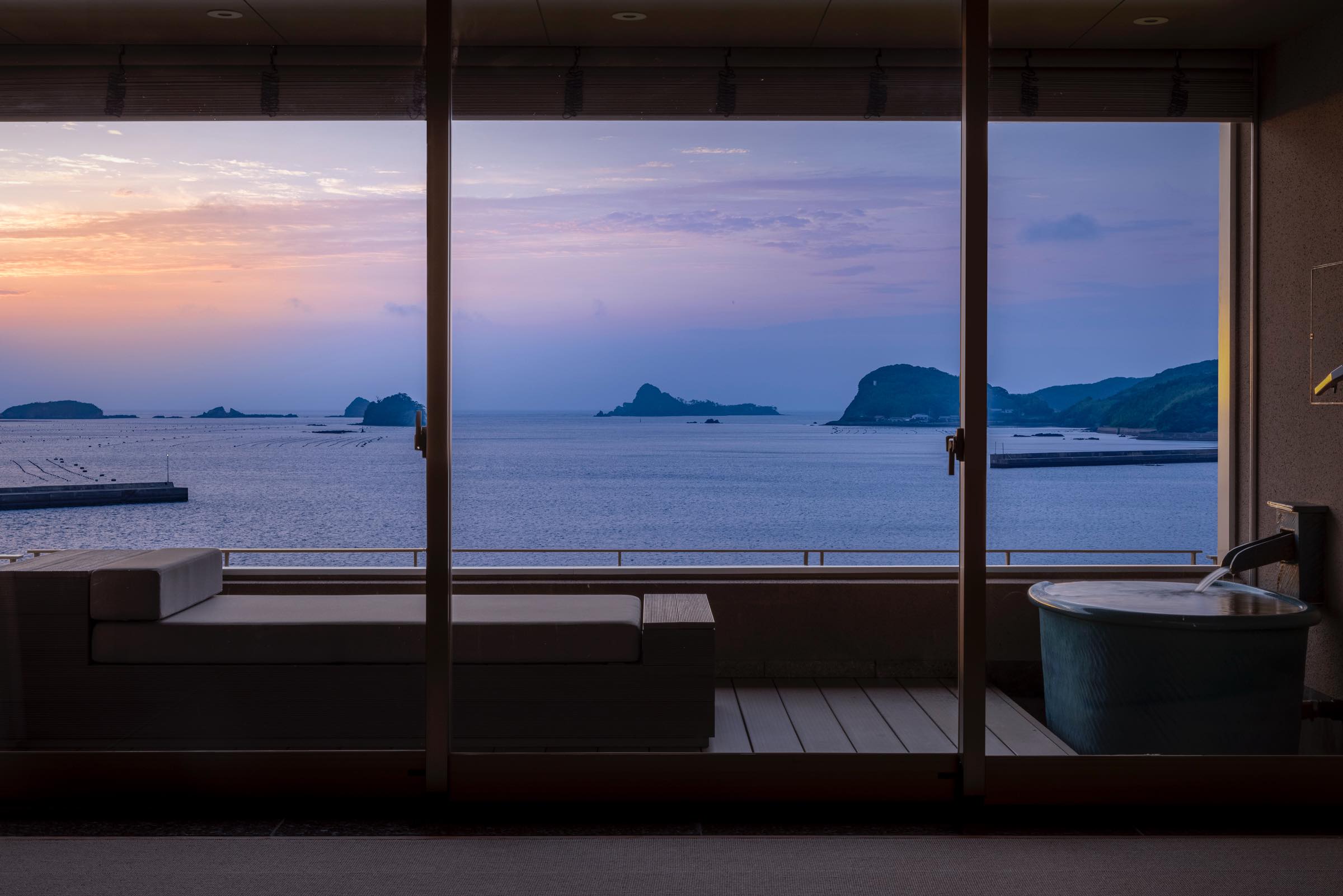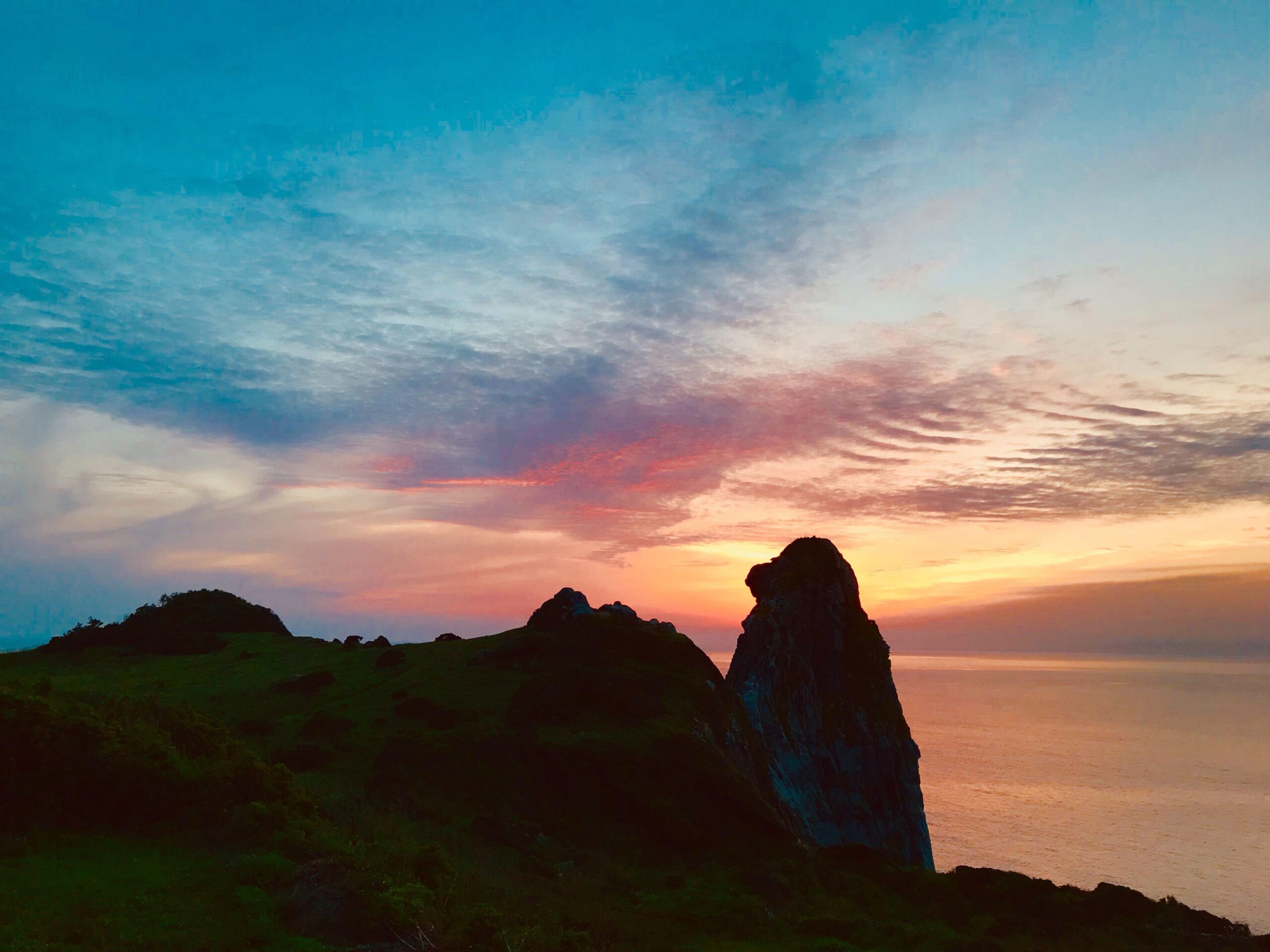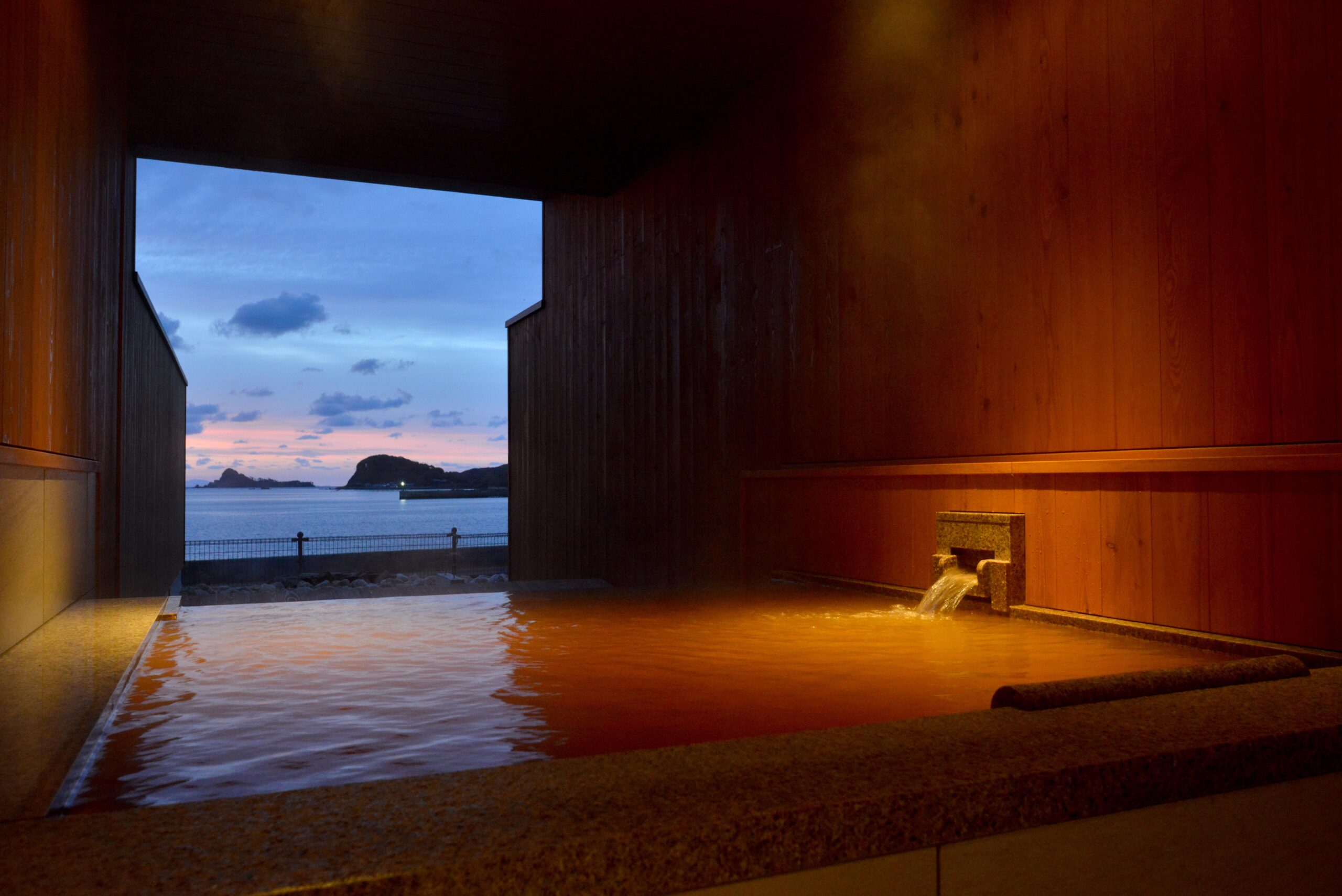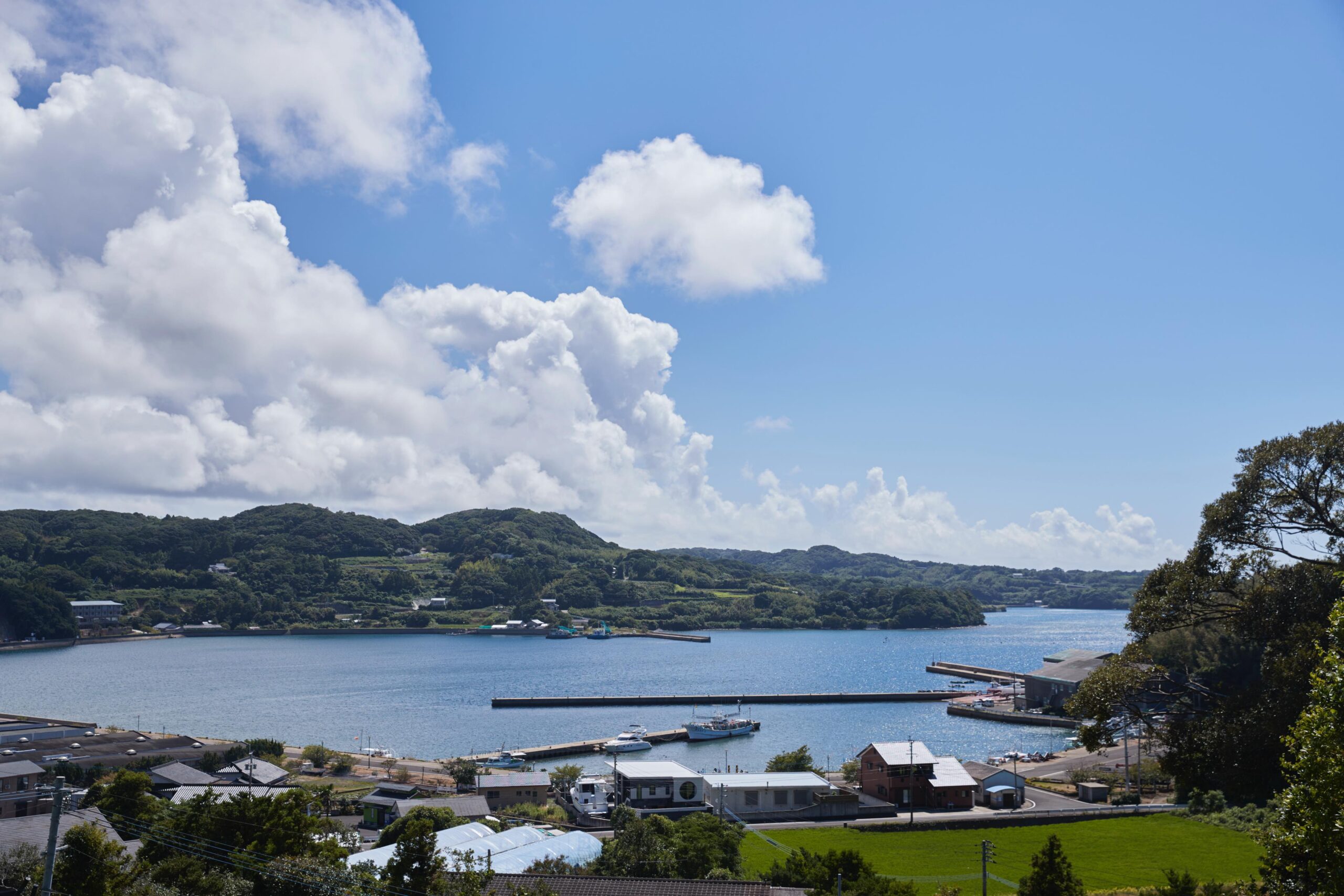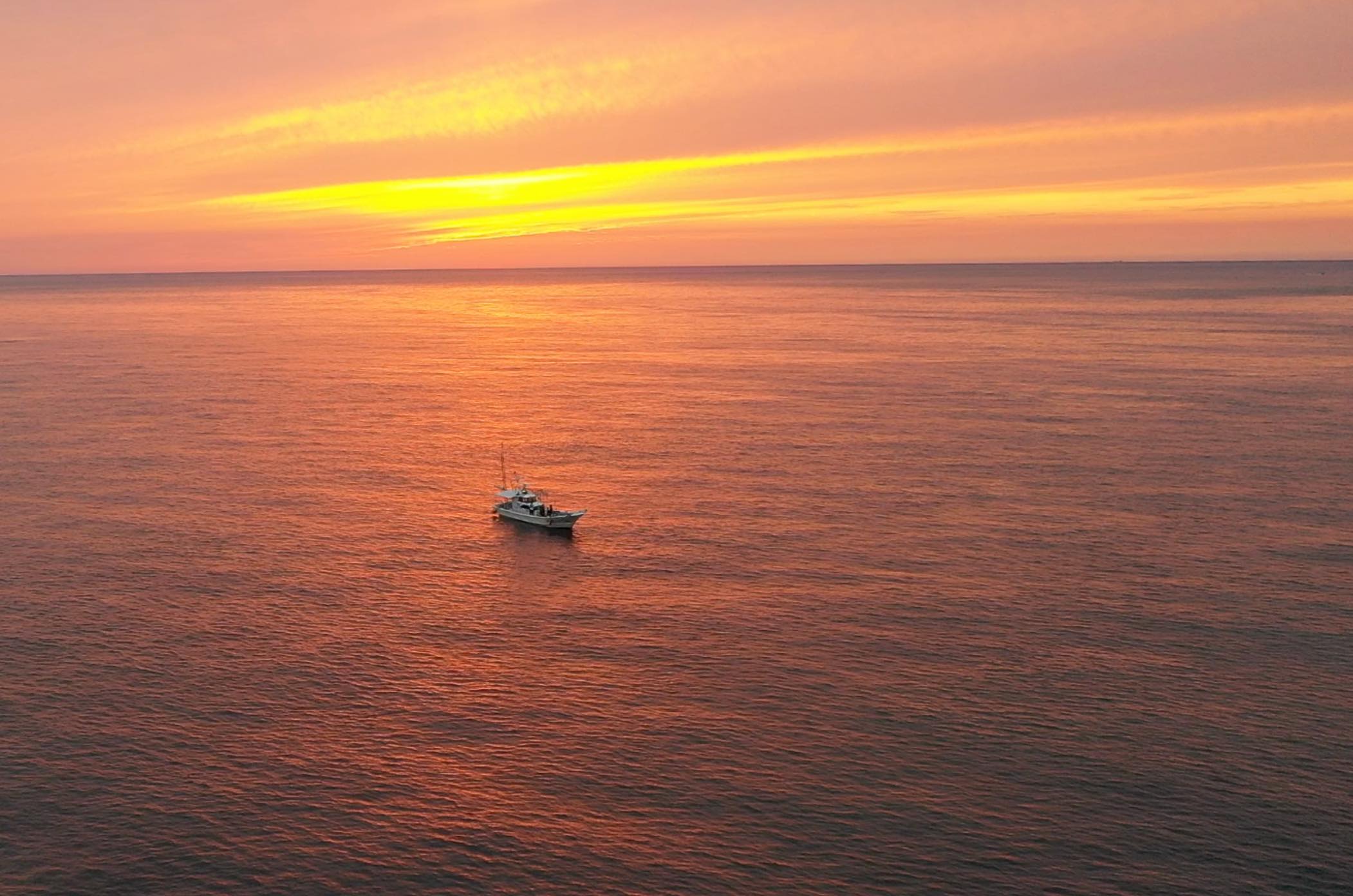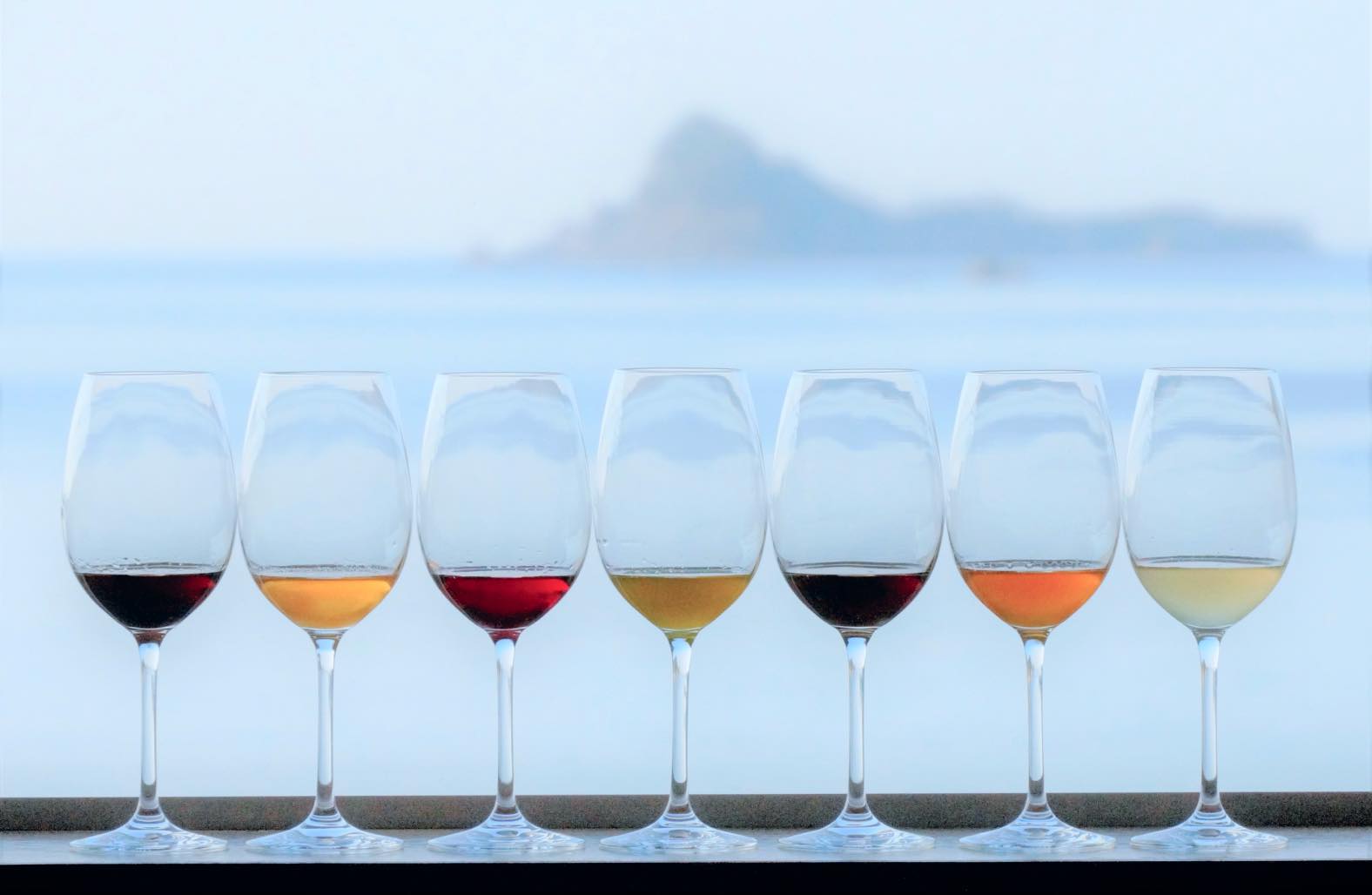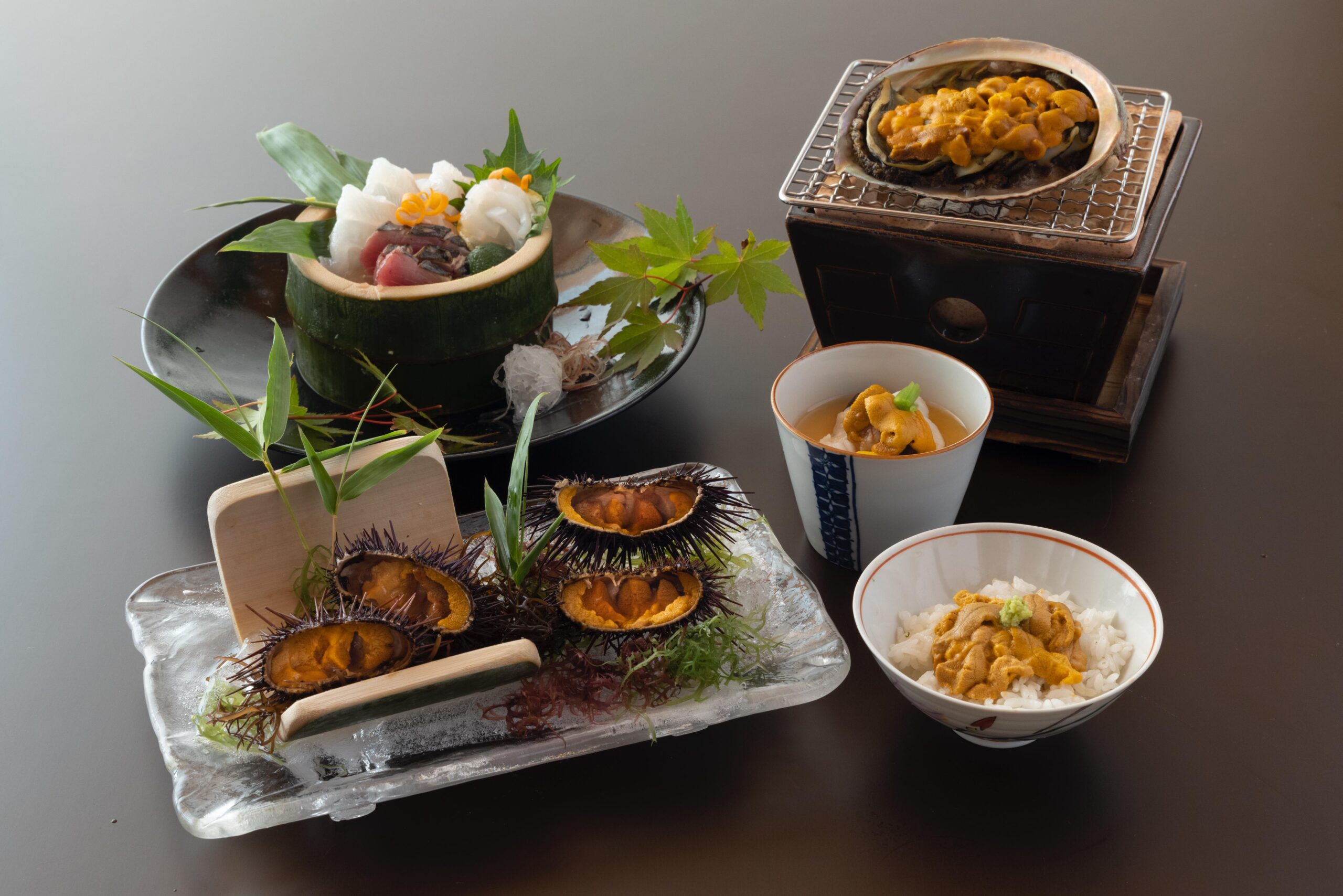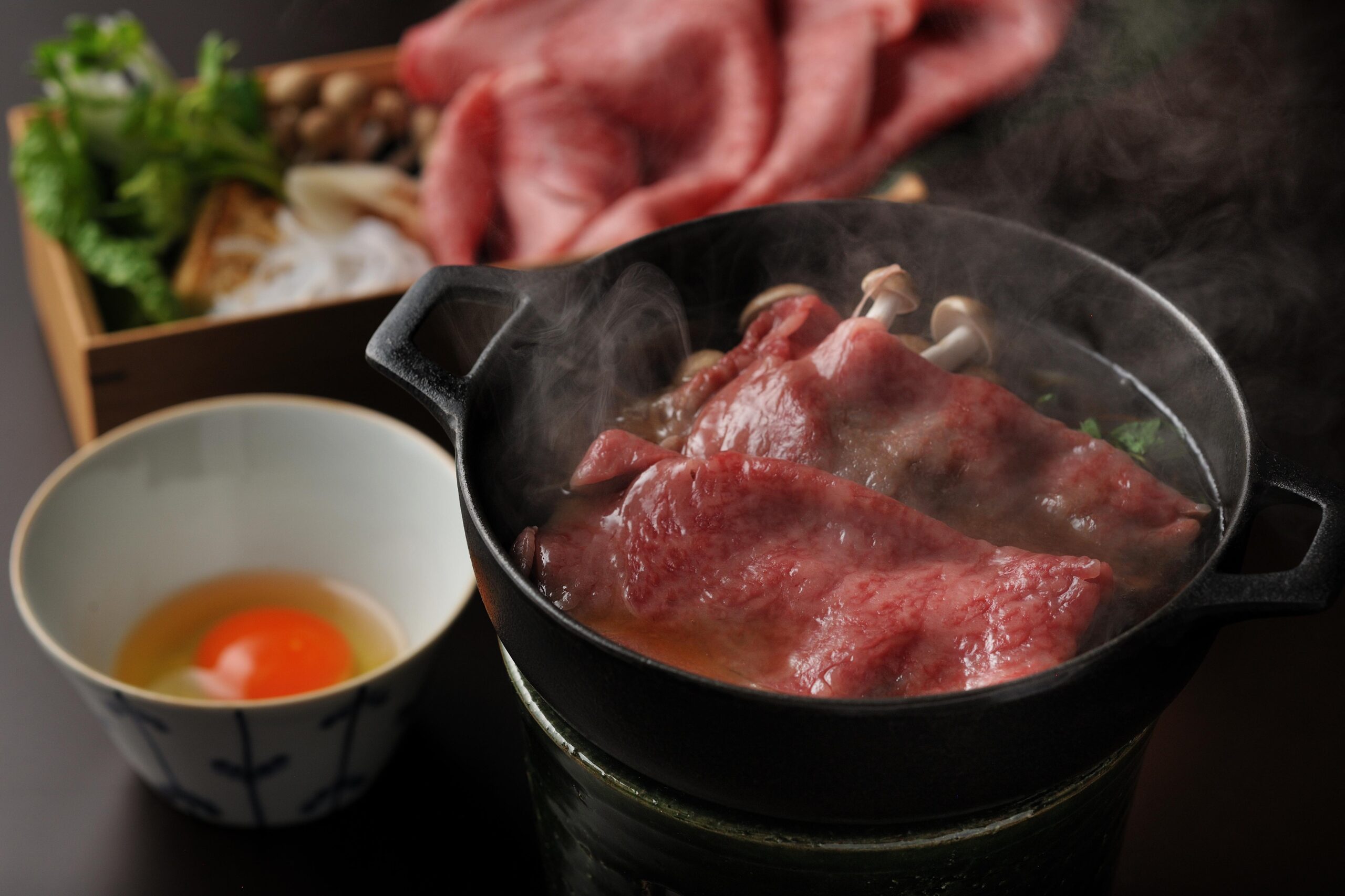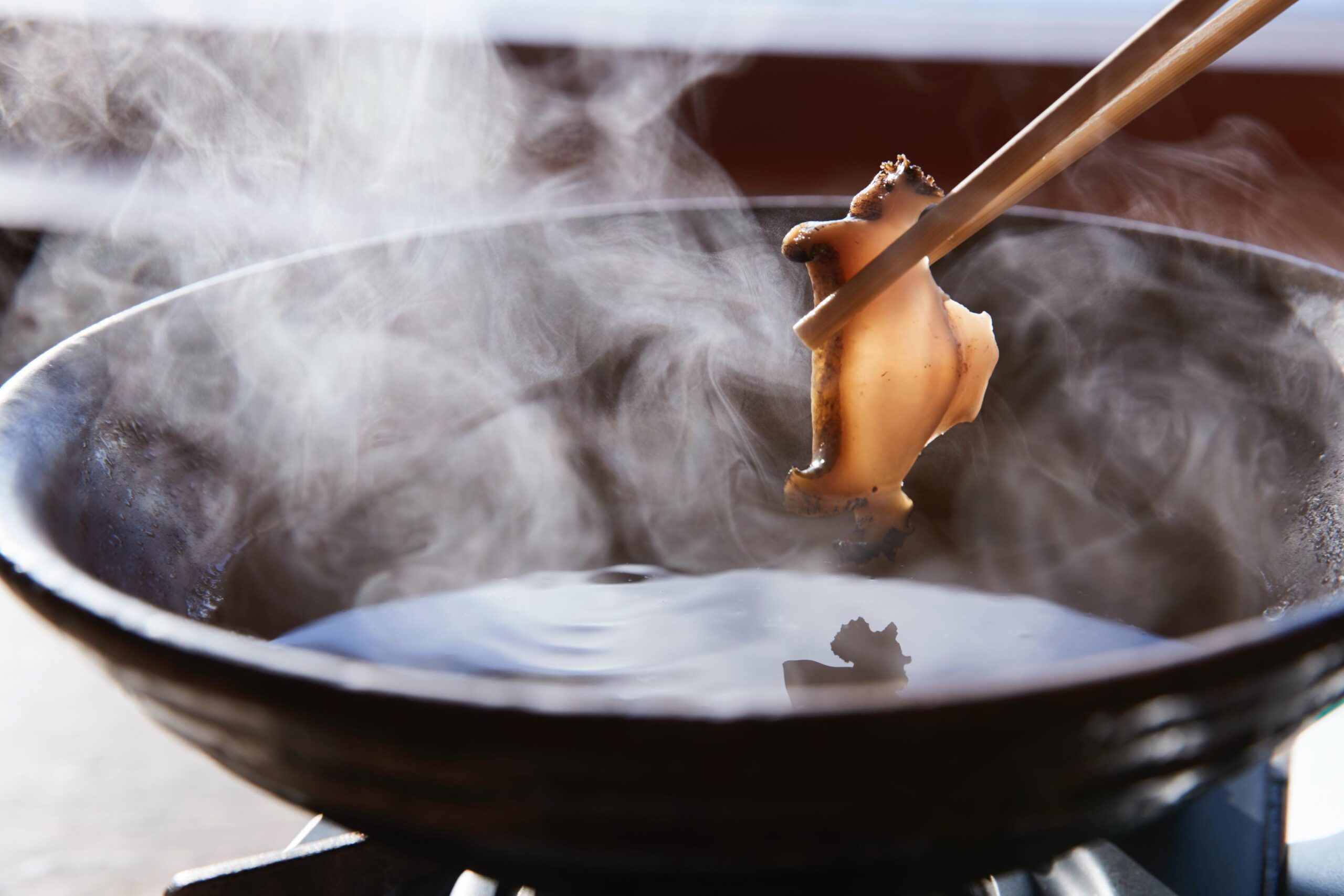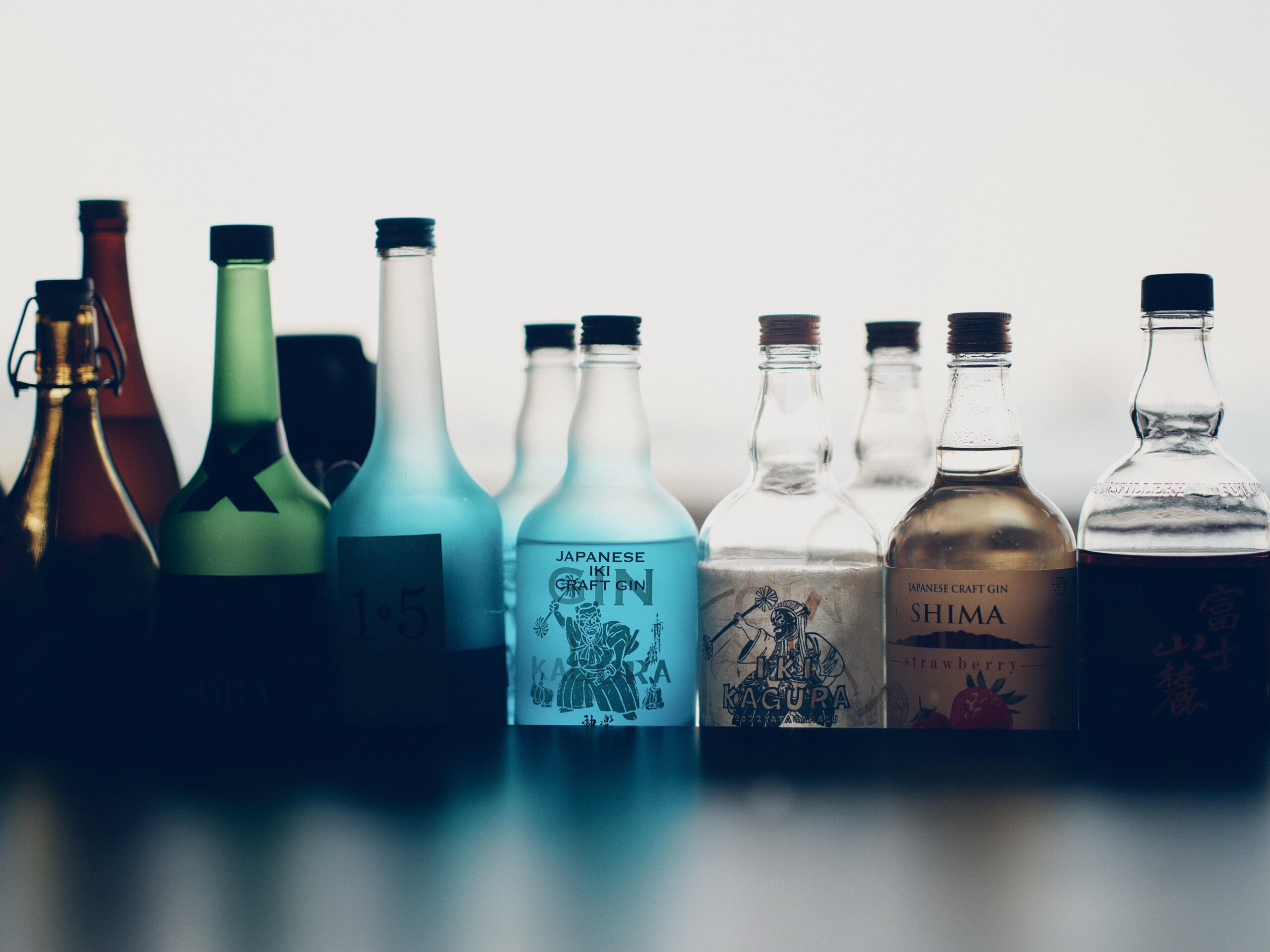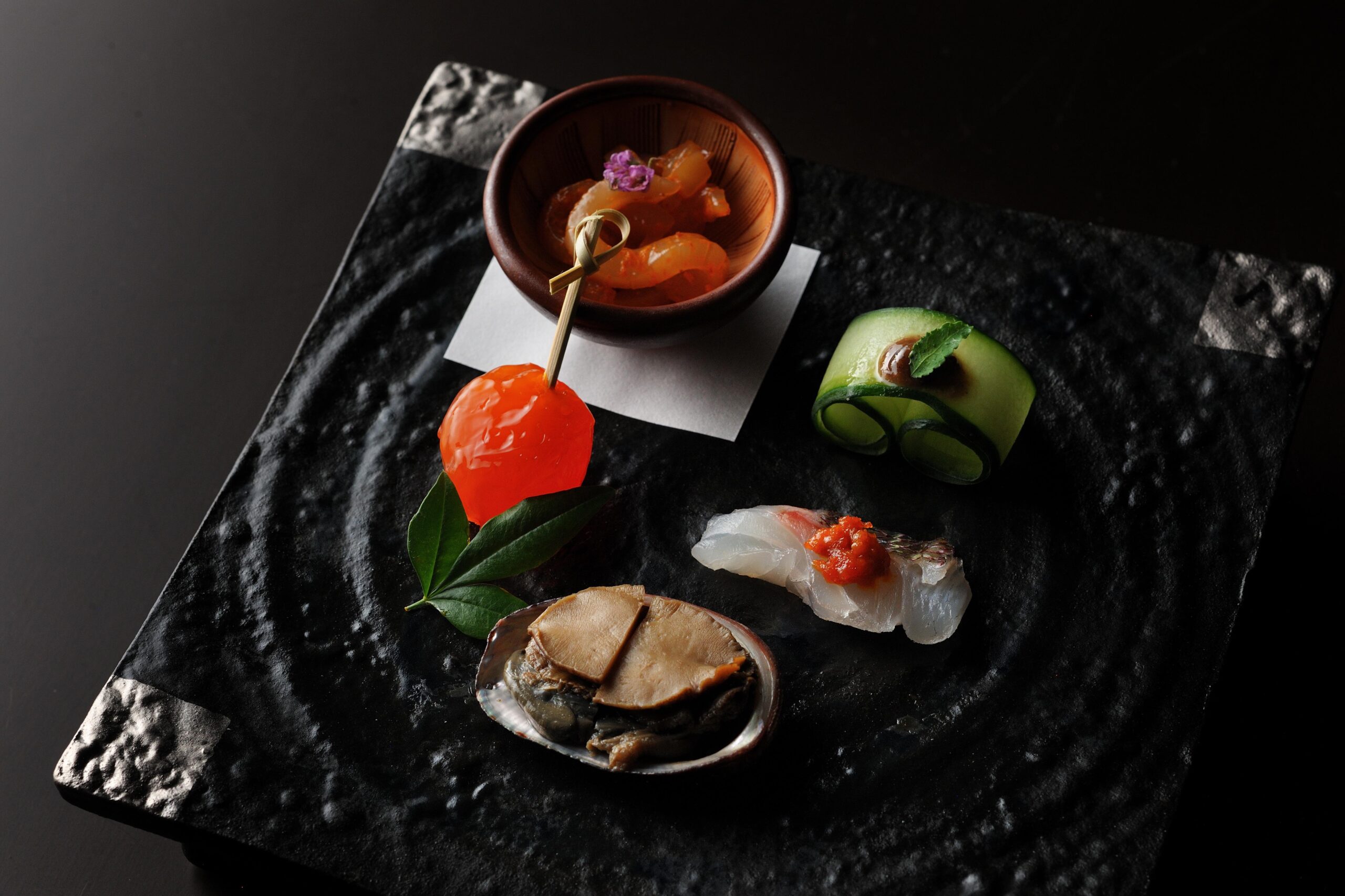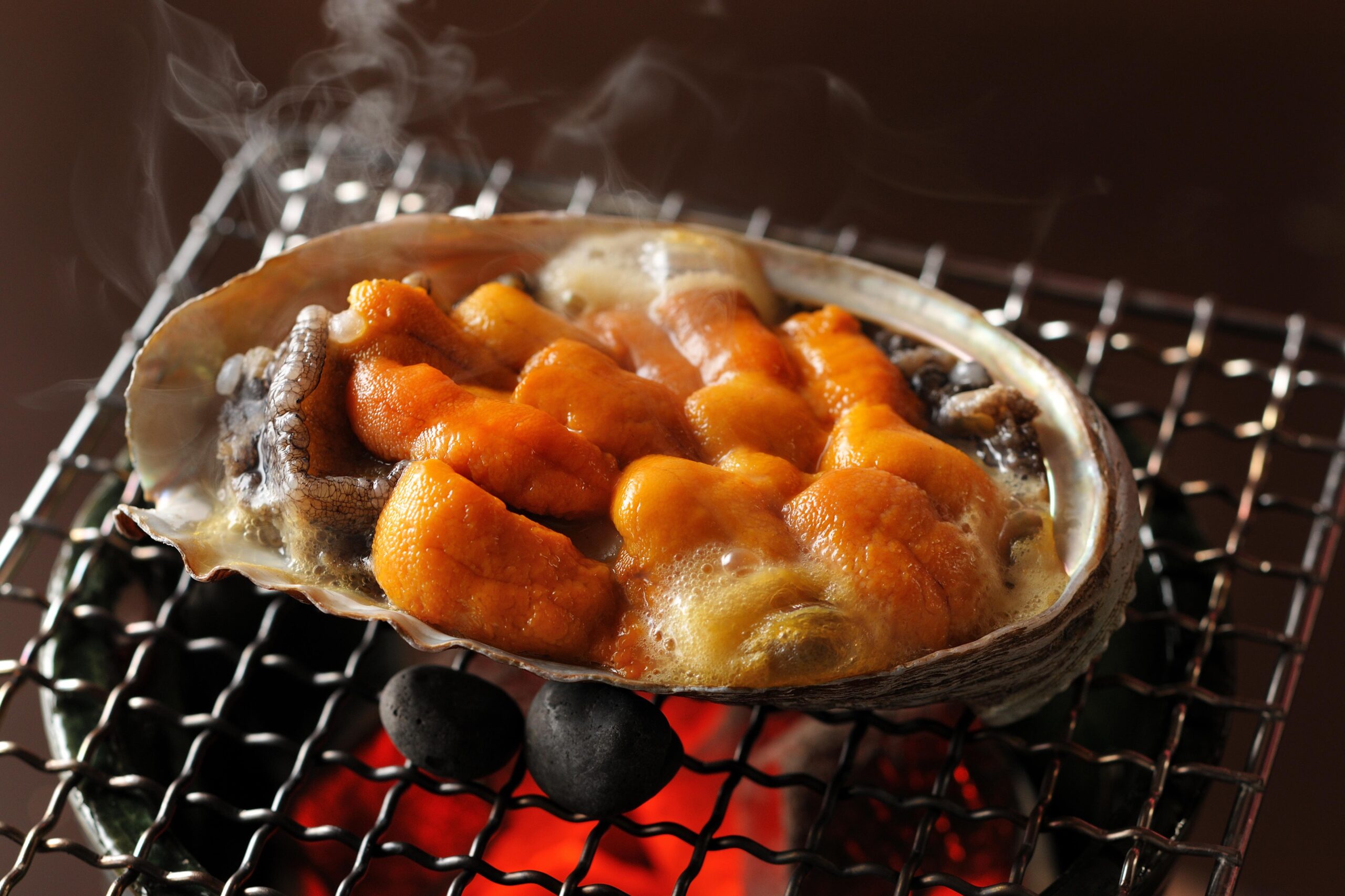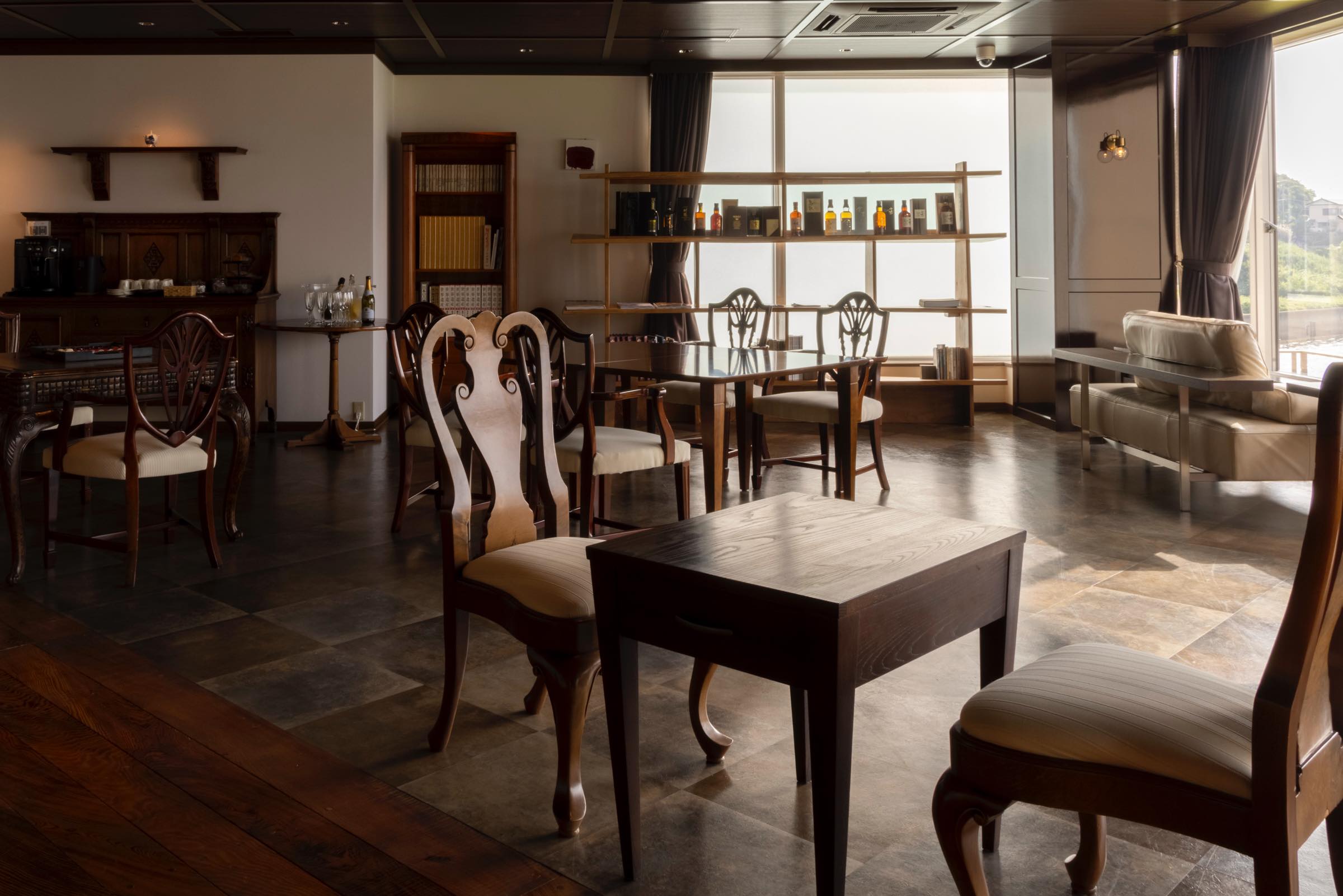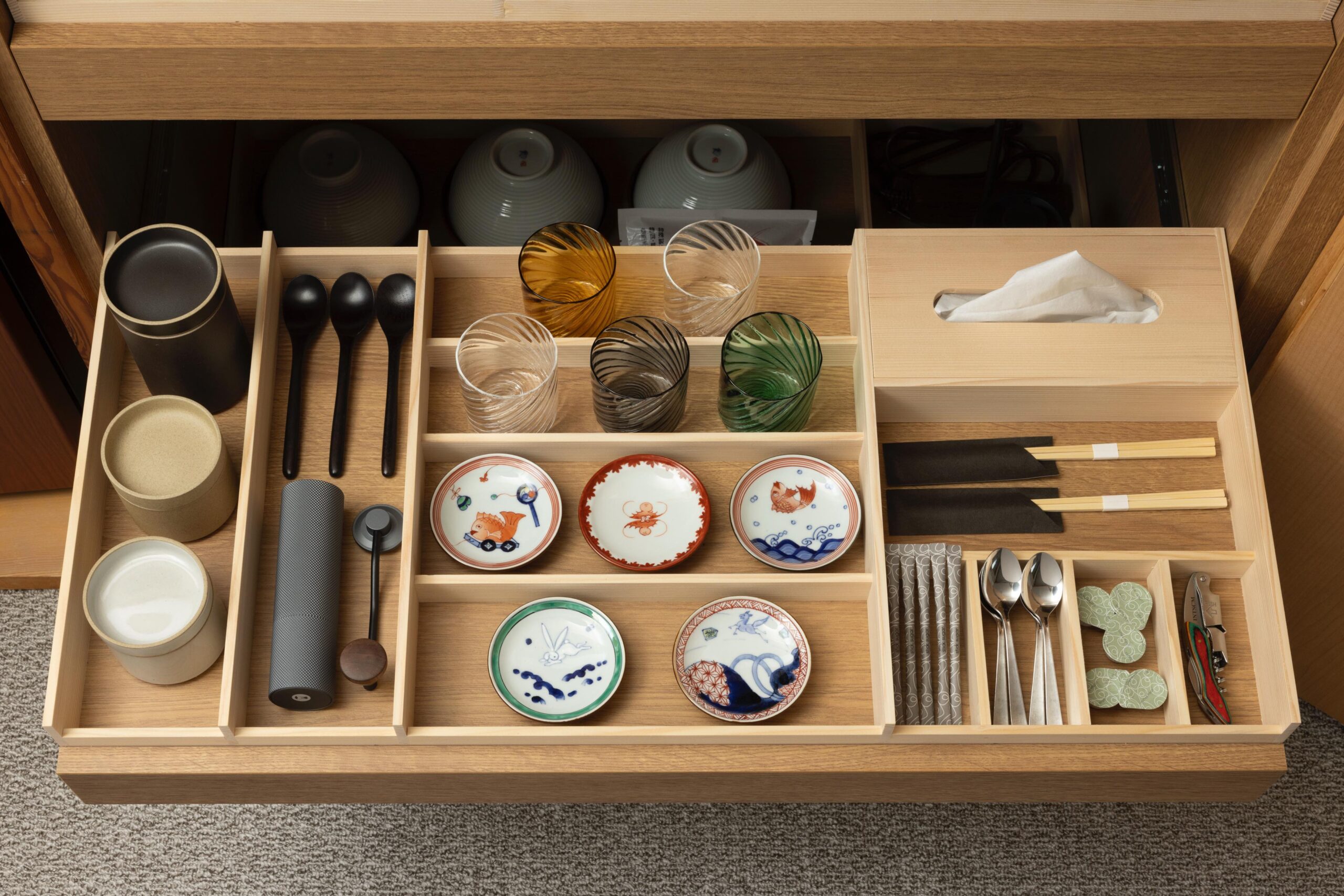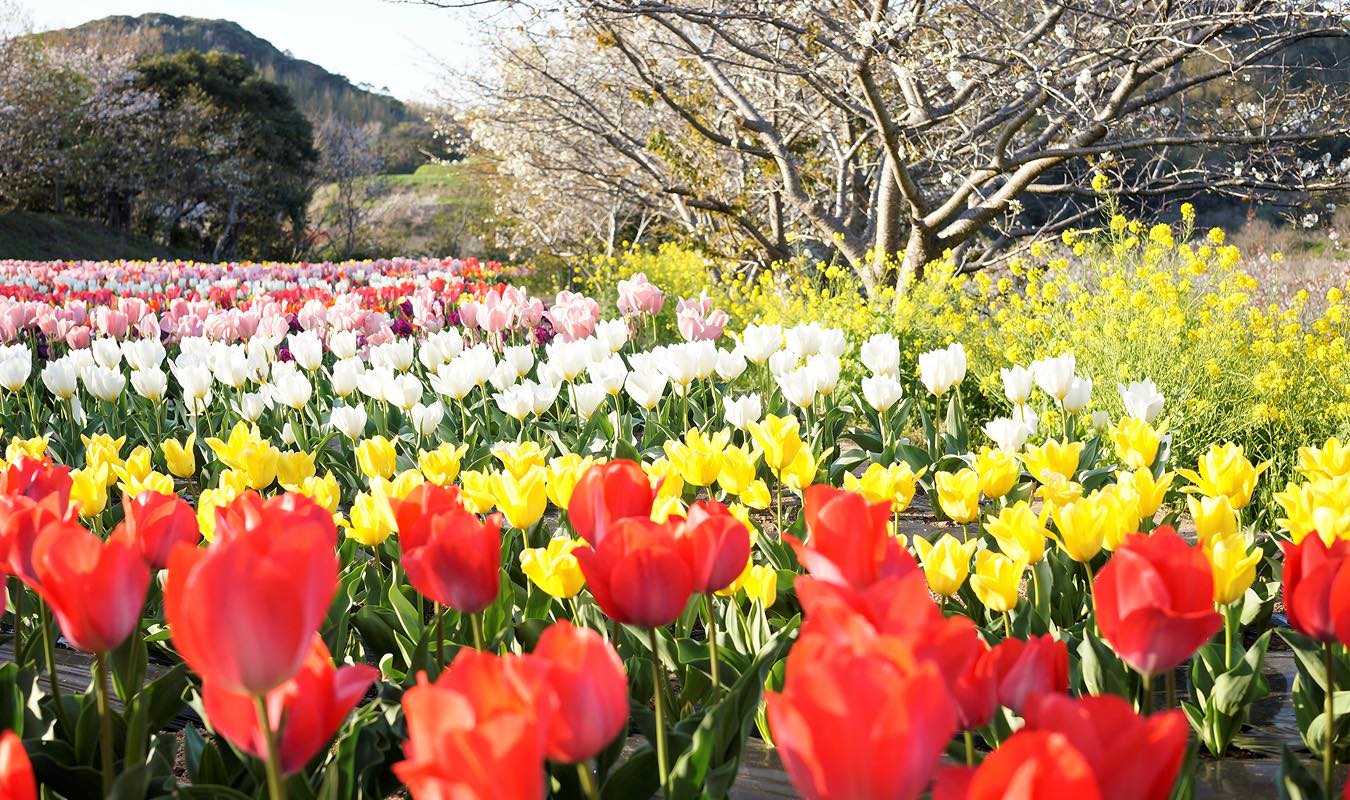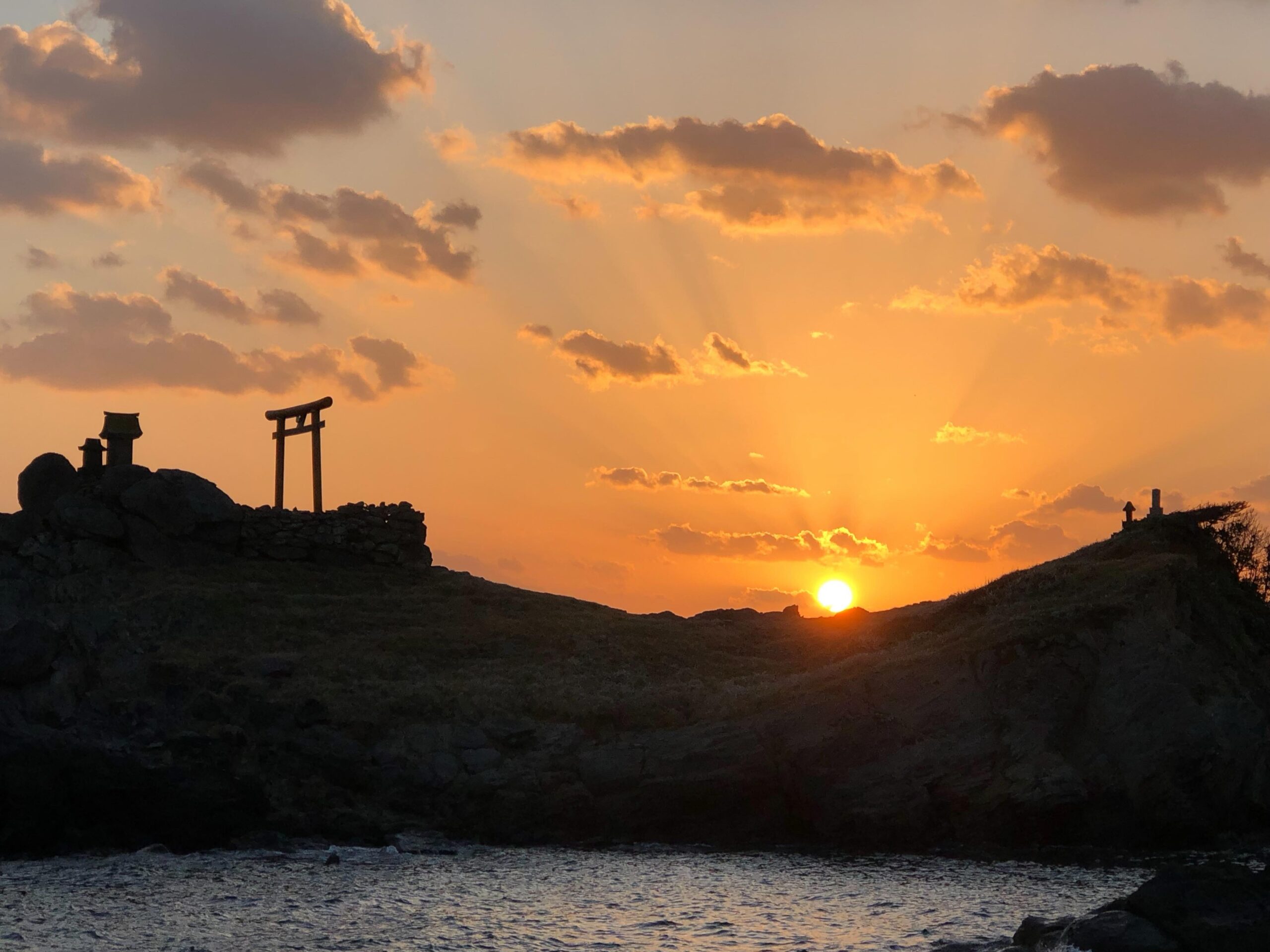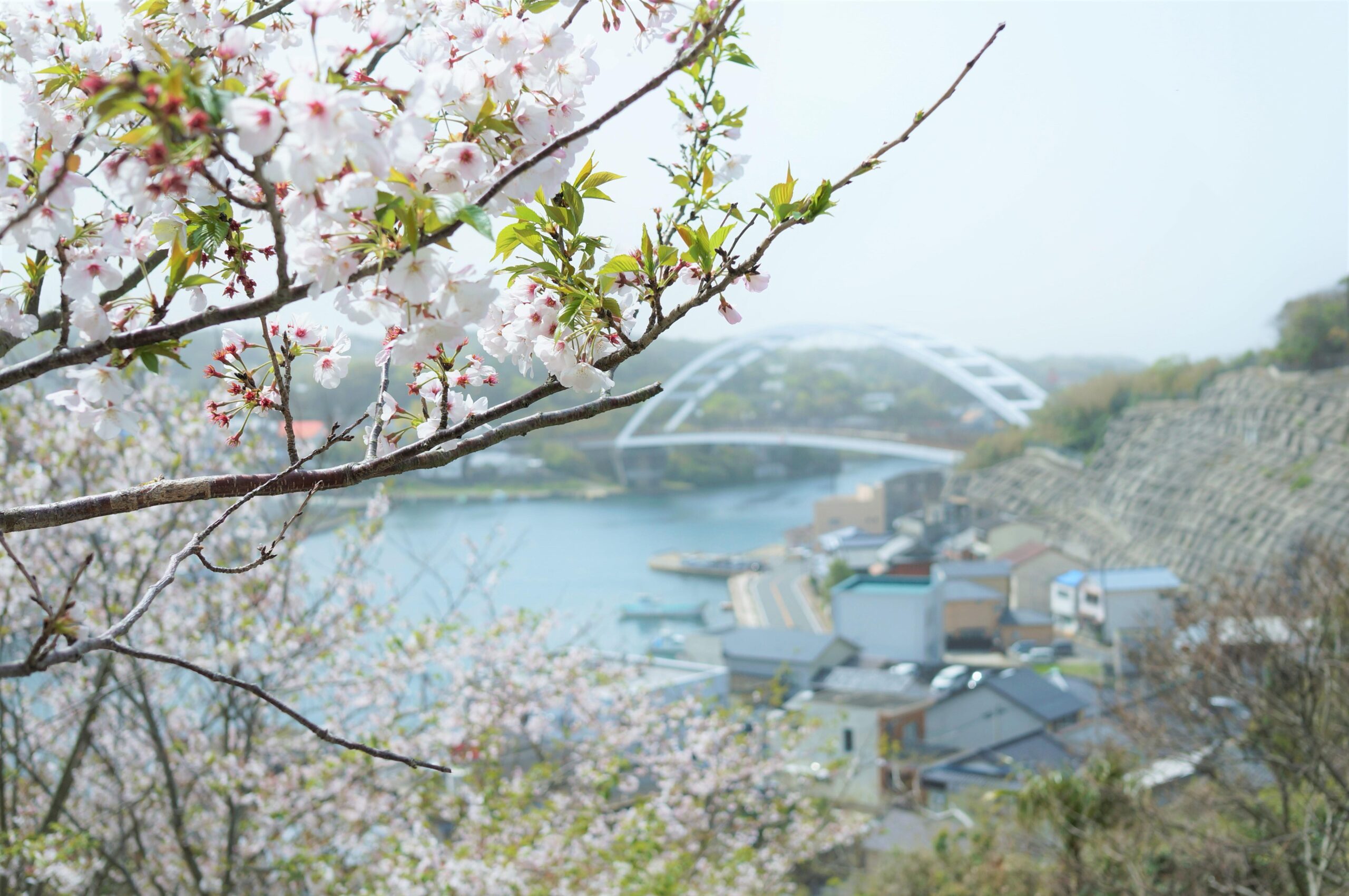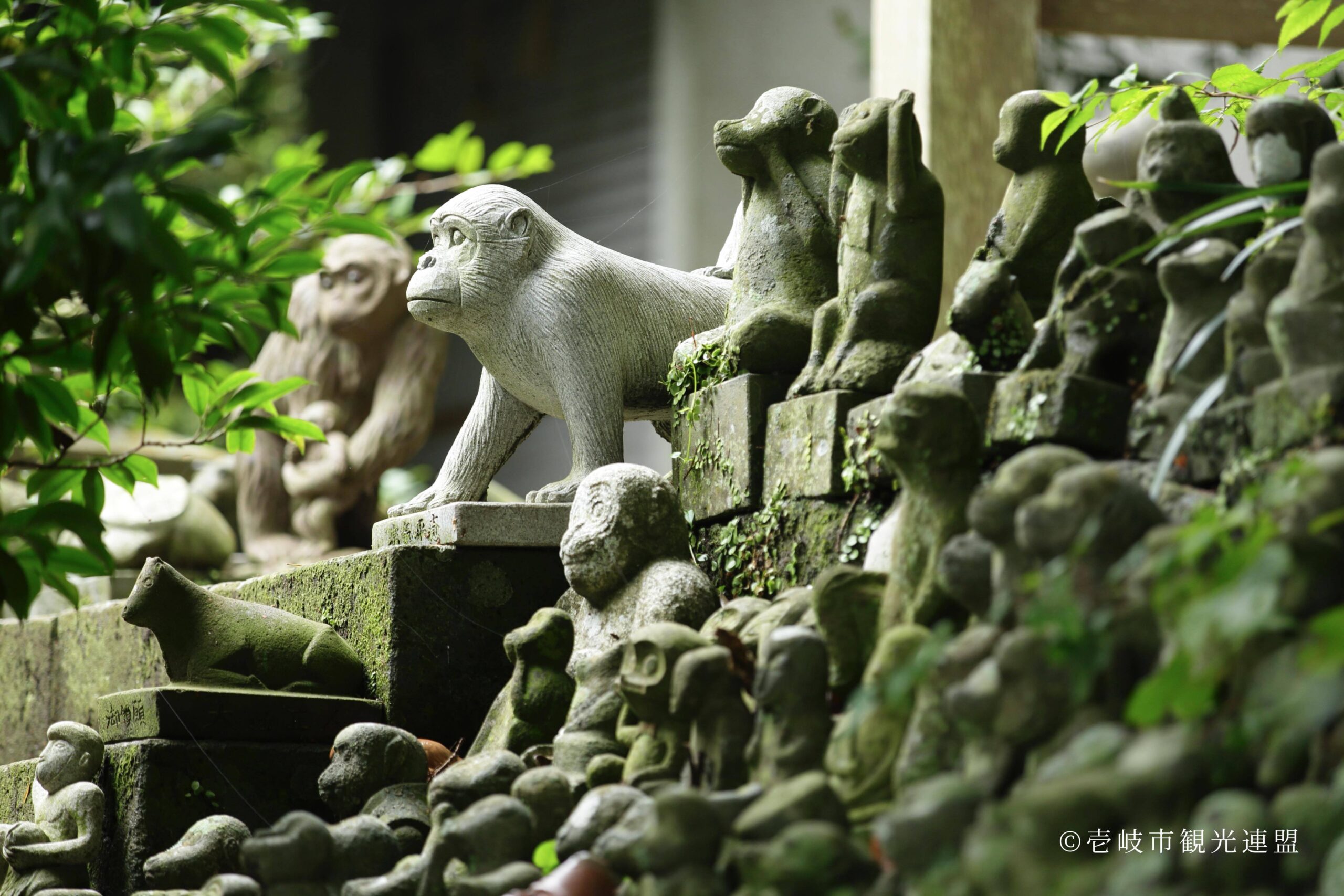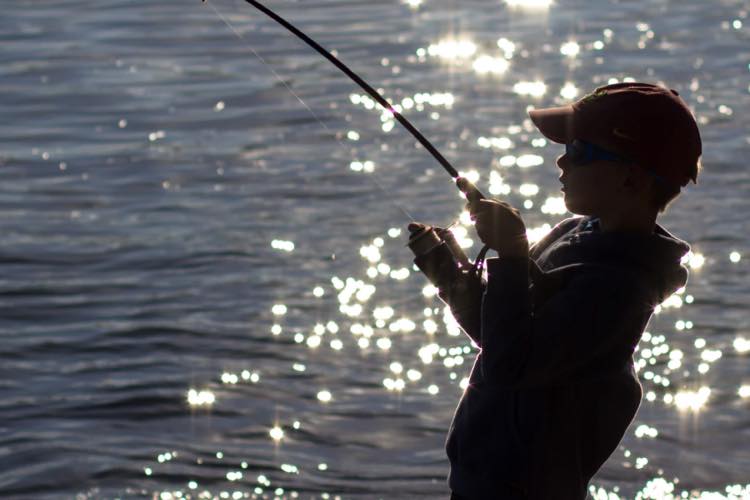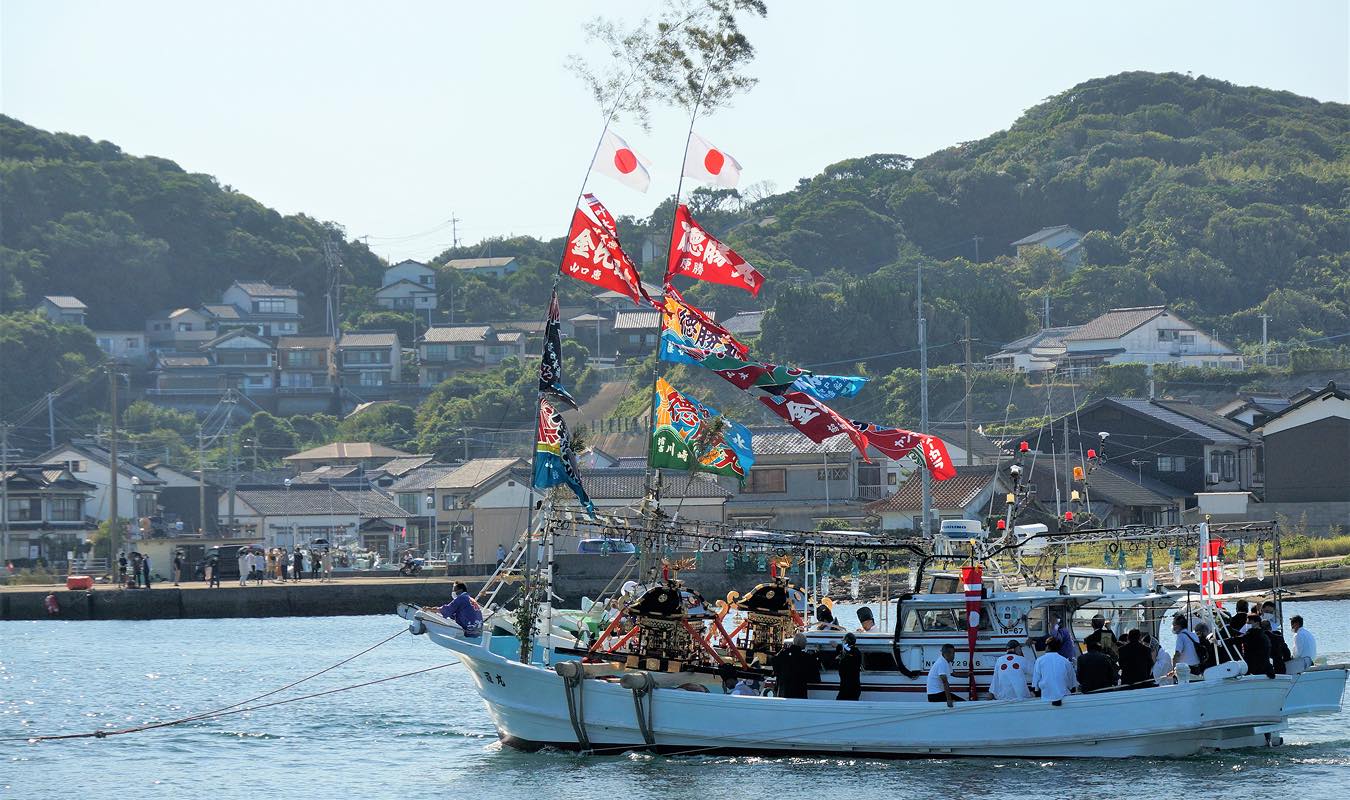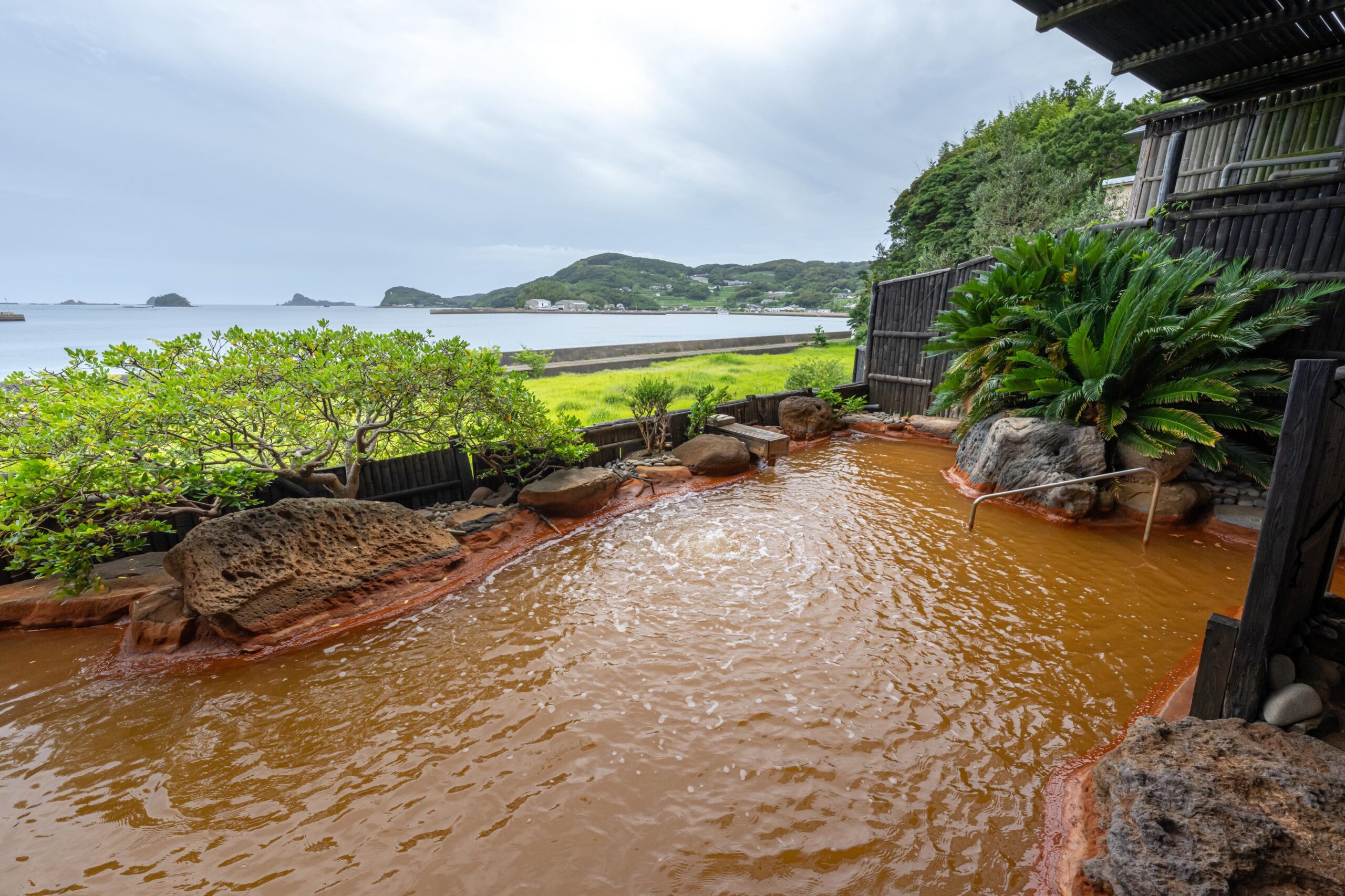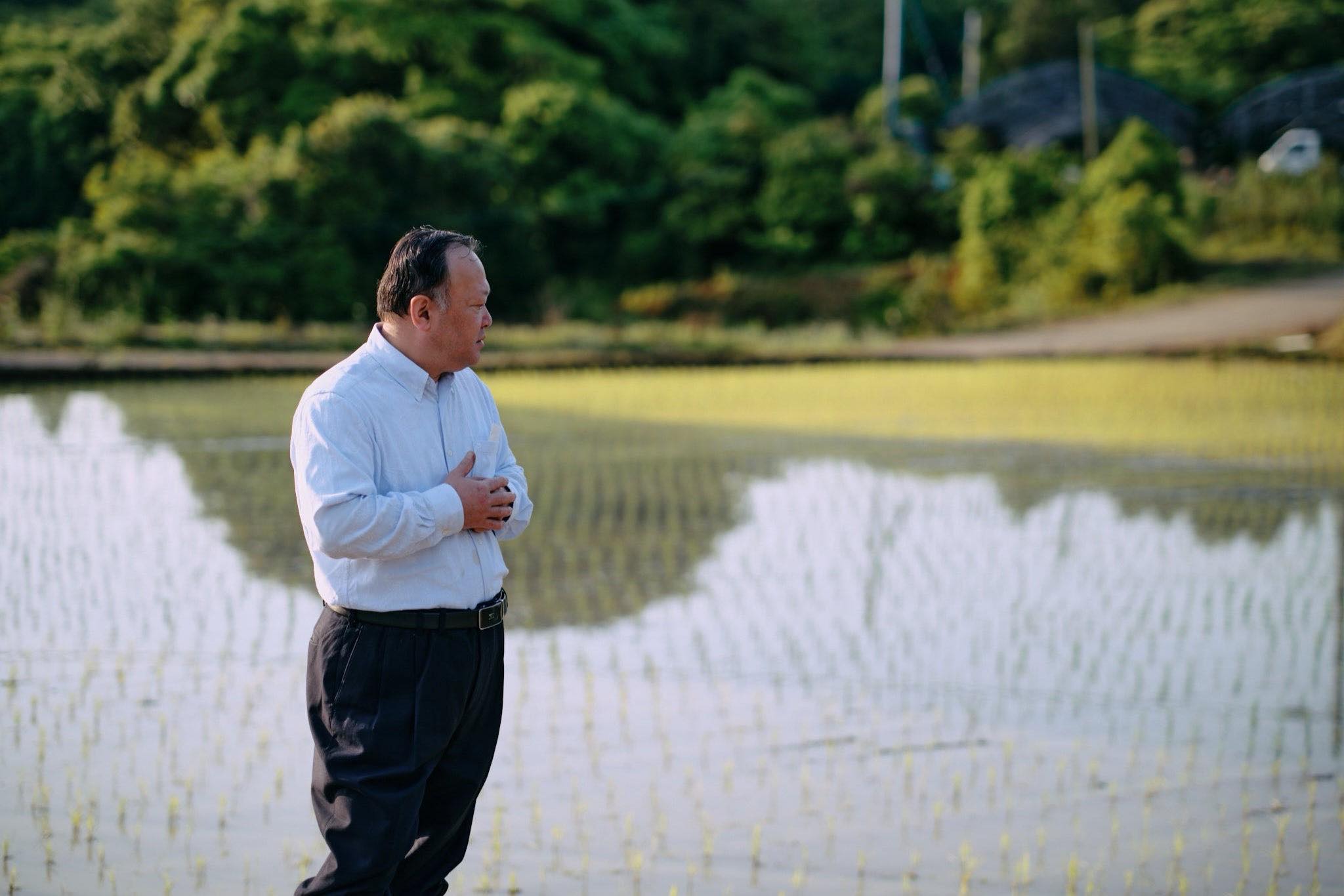
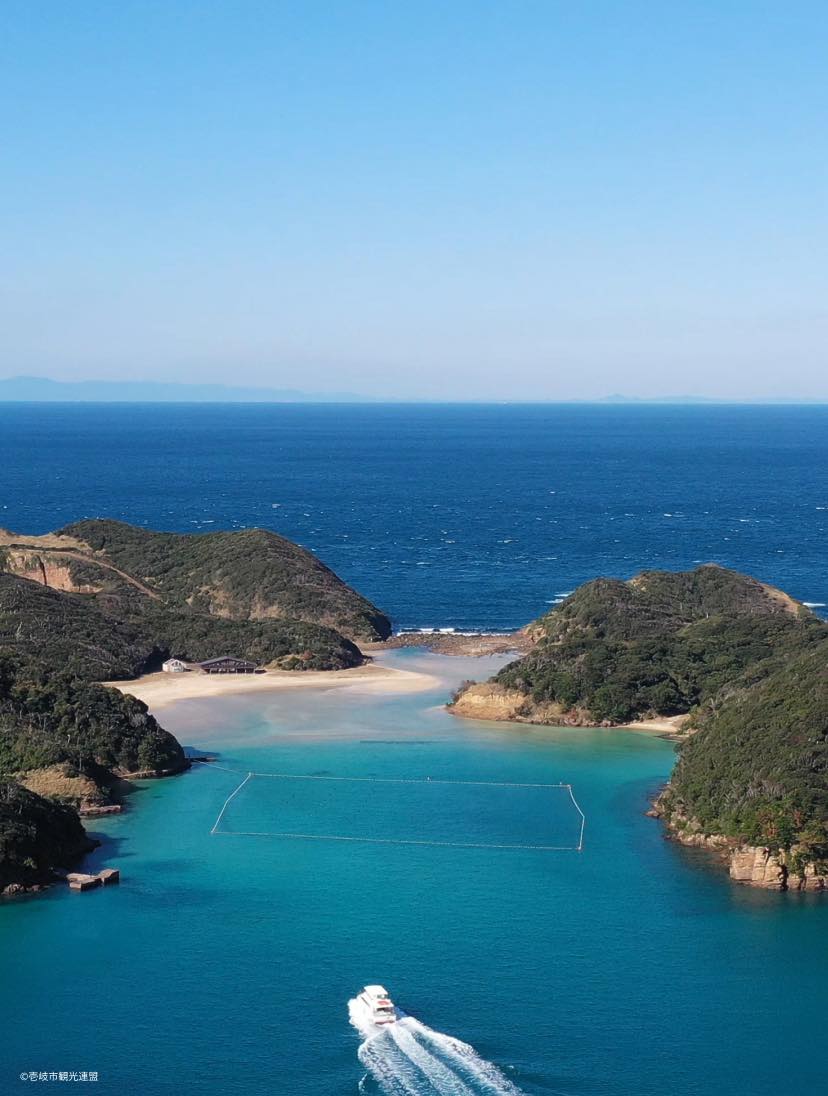
Iki Island Sightseeing
Recommended Sightseeing Spots in Iki
Located just an hour away from Hakata Port in Fukuoka by jetfoil,
Iki Island is an emerging tourist destination featuring emerald-green seascapes reminiscent of Okinawa, breathtaking natural scenery, and exquisite local delicacies like sea urchin, abalone, and Iki beef.
With relatively few international tourists, it offers a more private travel experience.
Beyond the standard tourist spots, we’ll introduce you to activities, taxi services, and car rentals uniquely recommended by Umi-Sato Murakami, a ryokan deeply rooted in Iki Island.
SCROLL
nishikihama Beach
Nishikihama Beach, a Mecca for marine sports
tsutsukihama Beach
Tsutsujohama Beach, selected as one of the 100 best beaches
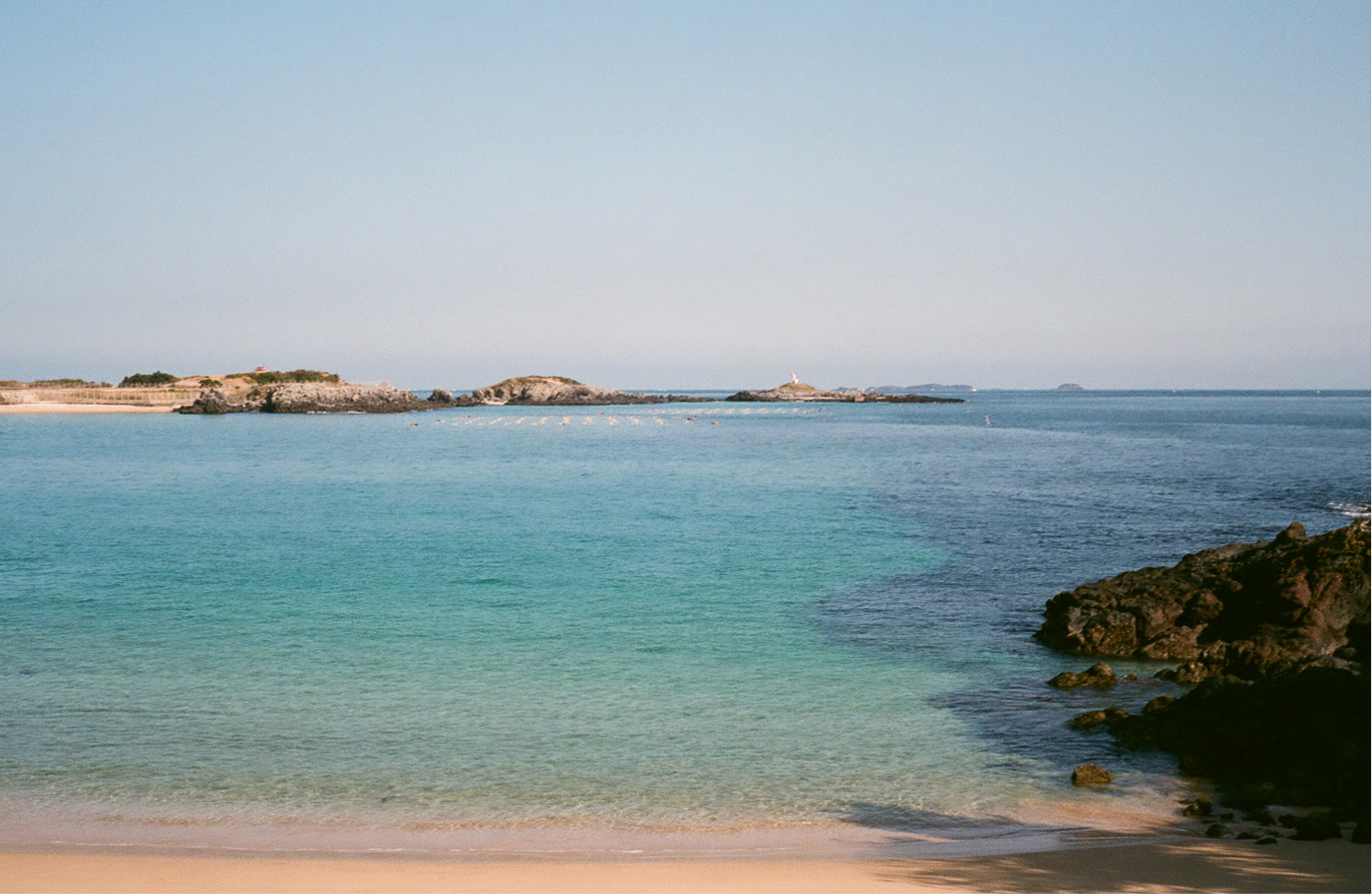
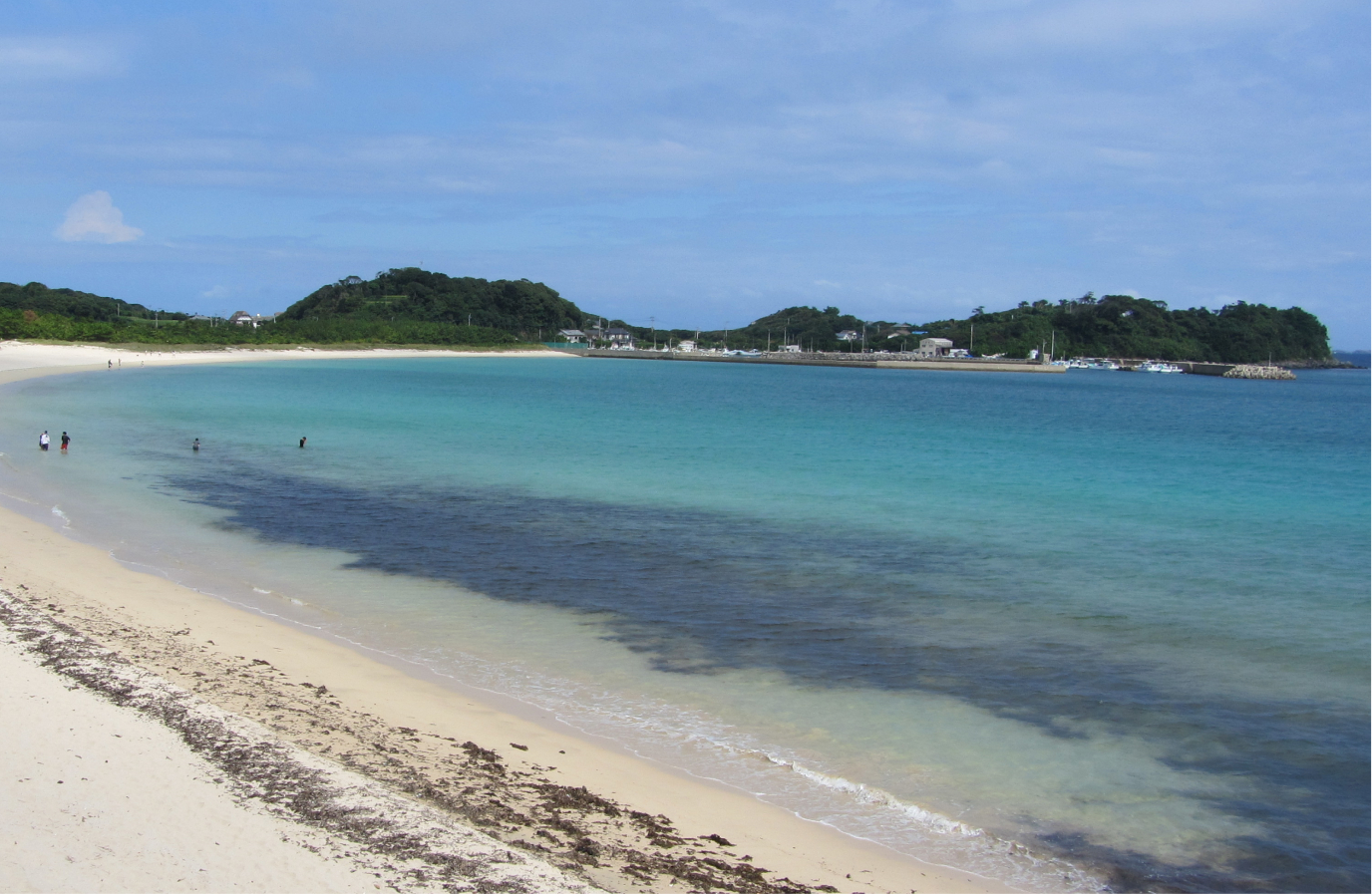
nishikihama Beach
Nishikihama Beach, a Mecca for marine sports
Nishikihama Beach is known as a mecca for marine sports among Iki’s many beaches, boasting exceptional water clarity.
The fine white sand beach creates a stunning contrast with the blue ocean and green pine trees – a sight worth seeing.
There’s also a dive shop and café-bar where you can enjoy cocktails while listening to the waves. It’s perfect for everyone from couples to families.
Address:
Minamifure, Ishida-cho, Iki City, Nagasaki Prefecture
tsutsukihama Beach
Tsutsujohama Beach, selected as one of the 100 best beaches
Sea kayaking is a popular activity made possible by Iki’s crystal-clear waters.
Experience unique views as if floating on the sea.
Fee: ¥6,600 (tax included)/person
Duration: 1.5 hours
Closed: During bad weather
Transportation service available
Tatsunoshima sightseeing
Crossing to an uninhabited island Tatsunoshima excursion
Iki Dolphin Park
Bringing Healing Iki Dolphin Park
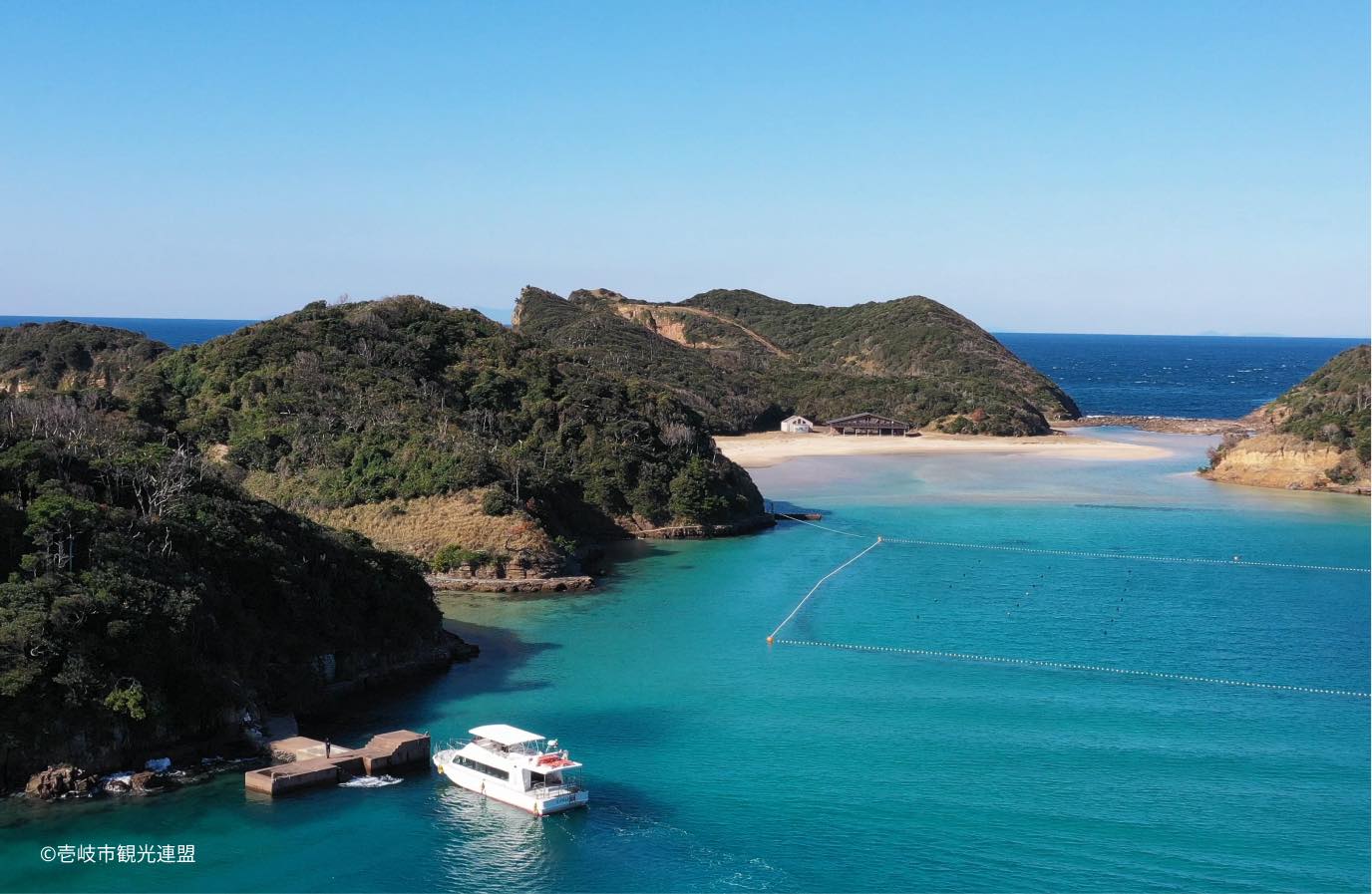
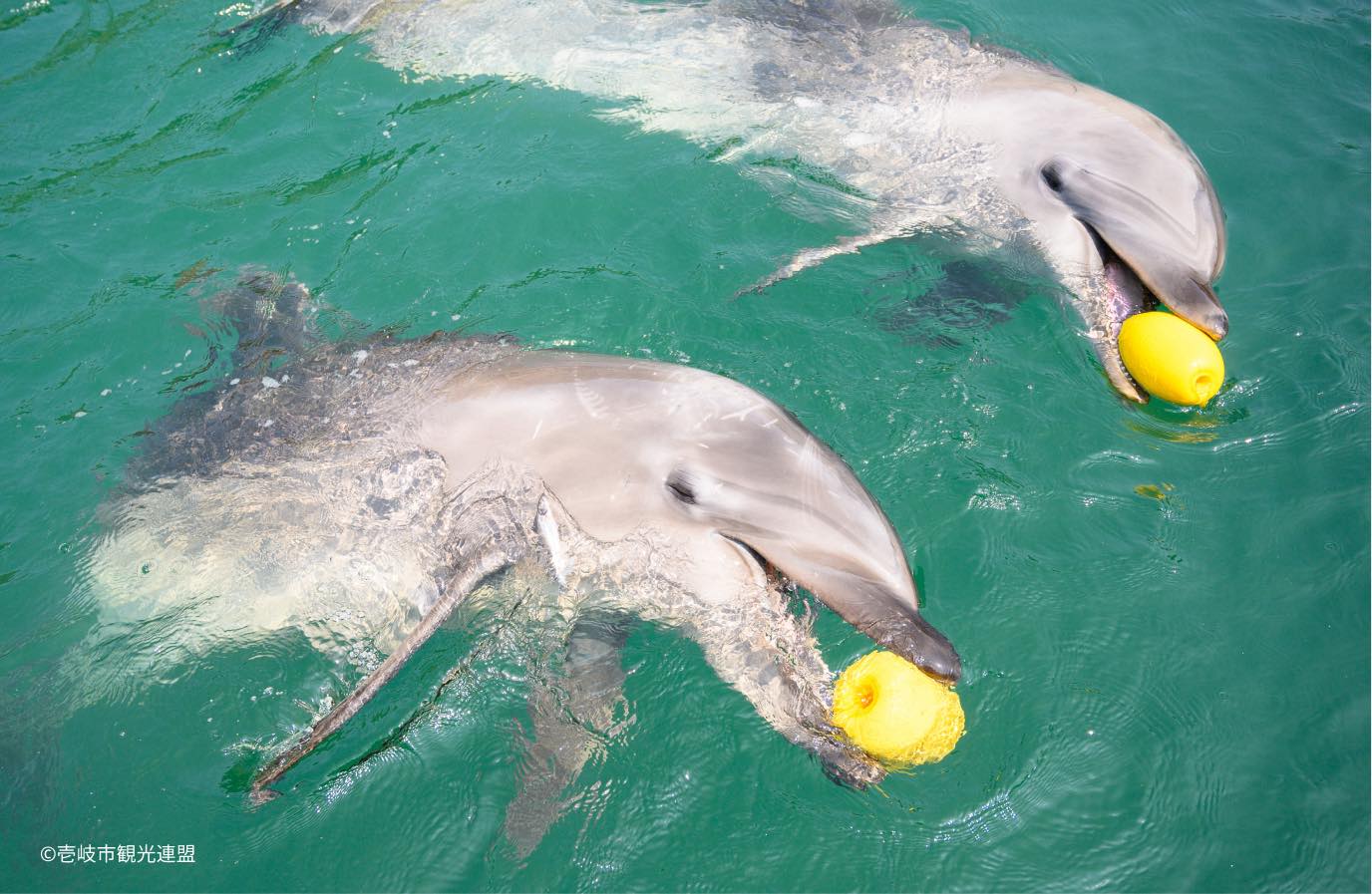
Tatsunoshima sightseeing
Crossing to an uninhabited island Tatsunoshima excursion
“Tatsunoshima” is an uninhabited island about 5 minutes by boat from Katsumoto Port at Iki’s northern tip.
From March to October, sightseeing cruises operate, making the island accessible to everyone.
This popular tourist spot features attractions like the Sea Palace, Mammoth Rock, and Turban Shell Rock, along with the Hebigadani valley – a 50-meter vertical cliff carved by rough waves over time, offering spectacular views of steep cliffs and emerald-green transparent waters.
Address:
575-61 Katsumoto-ura, Katsumoto-cho, Iki City, Nagasaki Prefecture
Phone:
0920-42-2020
Iki Dolphin Park
Bringing Healing Iki Dolphin Park
Iki Dolphin Park is located in a marine park created from a natural inlet at the northern tip of Iki Island in Katsumoto-cho.
Visitors can interact up close with five adorable Indo-Pacific bottlenose dolphins, and the park features various playground equipment, making it perfect for families with small children.
During “dolphin feeding time”, trainers provide information about the dolphins and demonstrate training sessions. It’s highly recommended for family visits.
Address:
Higashifure, Katsumoto-cho, Iki City, Nagasaki Prefecture
Phone:
0920-42-0759
Iki, the island of Japanese romance
Iki, the Island of Japanese Romance
“Iki” is an island surrounded by the sea.
Though not large, it boasts about 30 beaches, each with its own character, from emerald green to marine blue waters. Iki’s seas are packed with attractions, from beaches perfect for swimming and fishing to places where you can interact with dolphins.
Ichikoku Museum
Ippikoku Museum for History
Haranotsuji Site
Hara no Tsuji Ruins, where you can experience a variety of things.

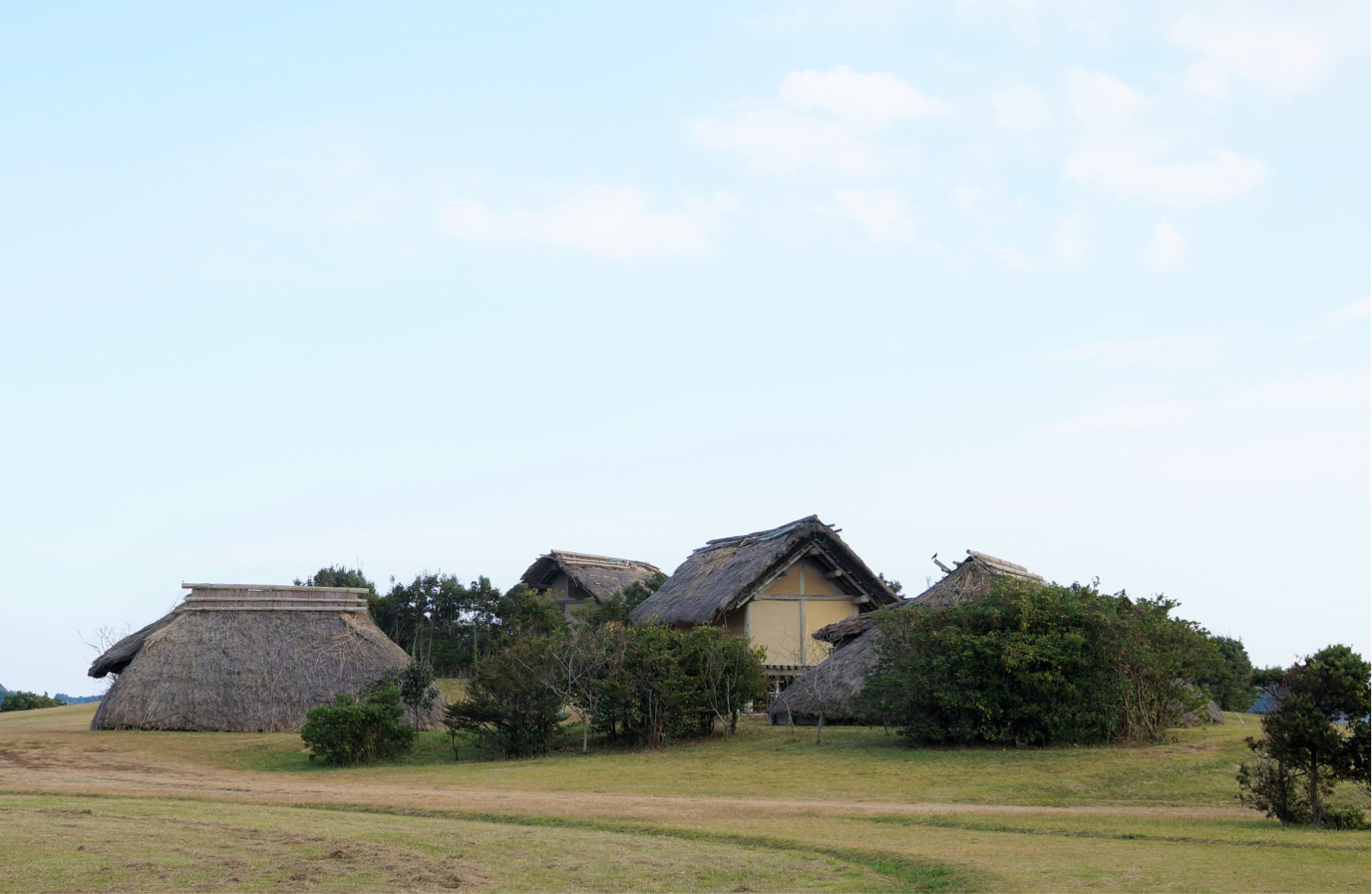
Ichikoku Museum
Ippikoku Museum for History
Iki Island, recorded as “Ikikoku” in the “Gishi Wajinden”, contains 482 archaeological sites, including 279 ancient tombs. The Ikikoku Museum serves as the hub of the “Island-wide Museum”, displaying artifacts and presenting history in an accessible way while connecting visitors to historical sites and attractions across Iki.
Designed by architect Kisho Kurokawa, the building features curved designs and a natural grass roof. Located northeast of the nationally designated Special Historic Site “Harunotsuji Ruins”, it’s recommended to visit both sites together. The fourth-floor observation room offers panoramic views of Iki Island, while the third-floor rooftop grass terrace overlooks the Harunotsuji Ruins.
Address:
515-1 Tsurukame-fure, Fukai, Ashibe-cho, Iki City, Nagasaki Prefecture
Phone:
0920-45-2731
Haranotsuji Site
Hara no Tsuji Ruins, where you can experience a variety of things.
The Harunotsuji Ruins, a moated settlement from the Yayoi period, is known as the royal capital of “Ikikoku” mentioned in the “Gishi” chronicles. Designated as a Special Historic Site by the Agency for Cultural Affairs, equivalent to a “National Treasure of archaeological sites”, it has been developed into the “Harunotsuji Ikikoku Royal Capital Reconstruction Park”.
The site is divided into four main zones: the “Central Zone” (reconstructed buildings based on excavations), the “Moat Zone” (recreated multiple moats surrounding the hill), the “Plant Cultivation Zone” (growing plants cultivated by Yayoi people), and the “Outdoor Experience Plaza and Exposed Ruins Zone” (displaying pottery remains in their excavated state). The adjacent “Harunotsuji Guidance Facility” exhibits excavation methods and reconstruction videos.
Popular hands-on activities include making magatama beads, pottery, glass beads, and fire-starting experiences.
Address:
Higashifure, Katsumoto-cho, Iki City, Nagasaki Prefecture
Phone:
0920-42-0759
Jizo the Plump
Mystery Remains about the Hungaroring Jizo
Kojima Shrine
Mont Saint-Michel in Japan Kojima Shrine
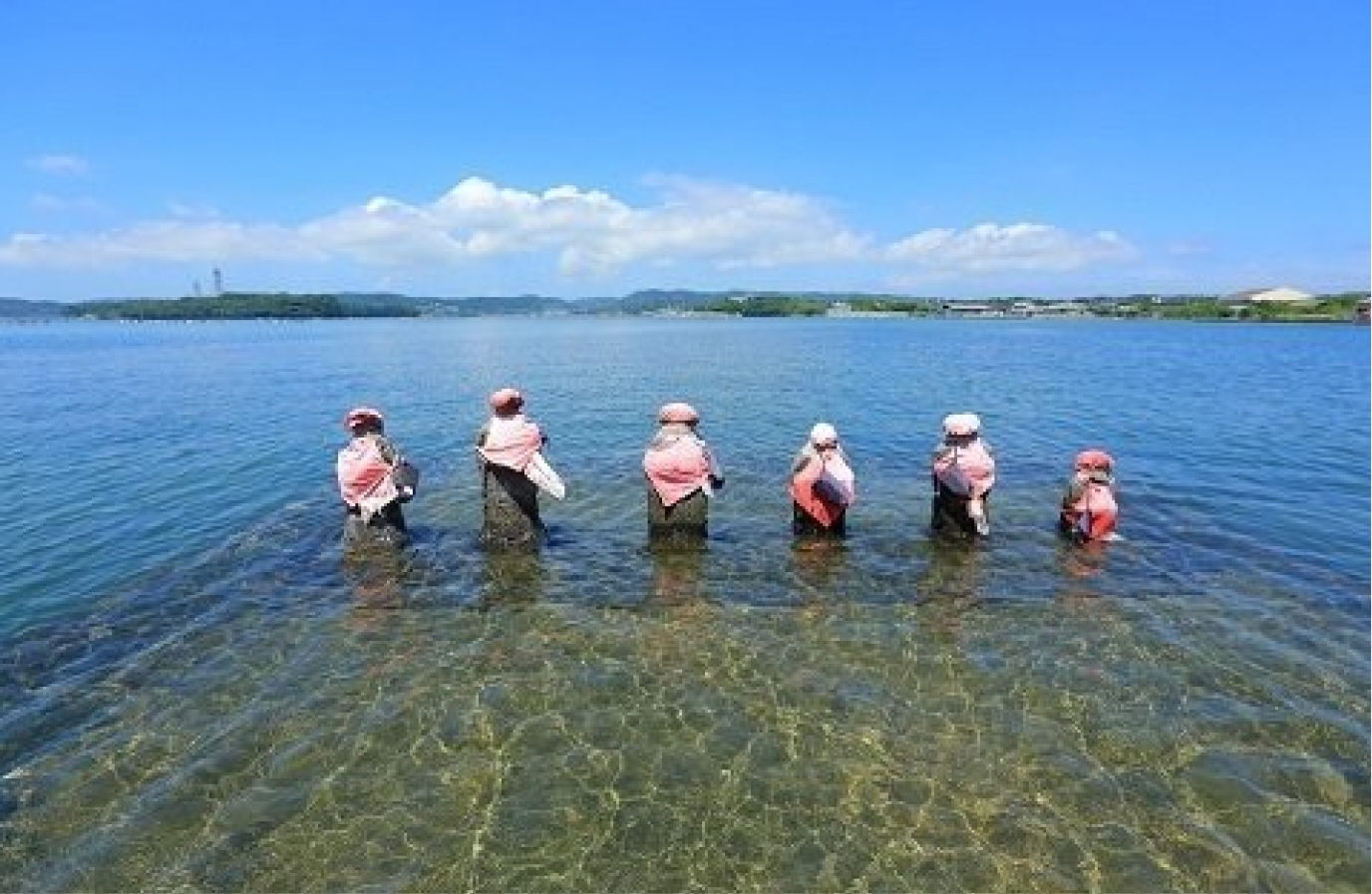
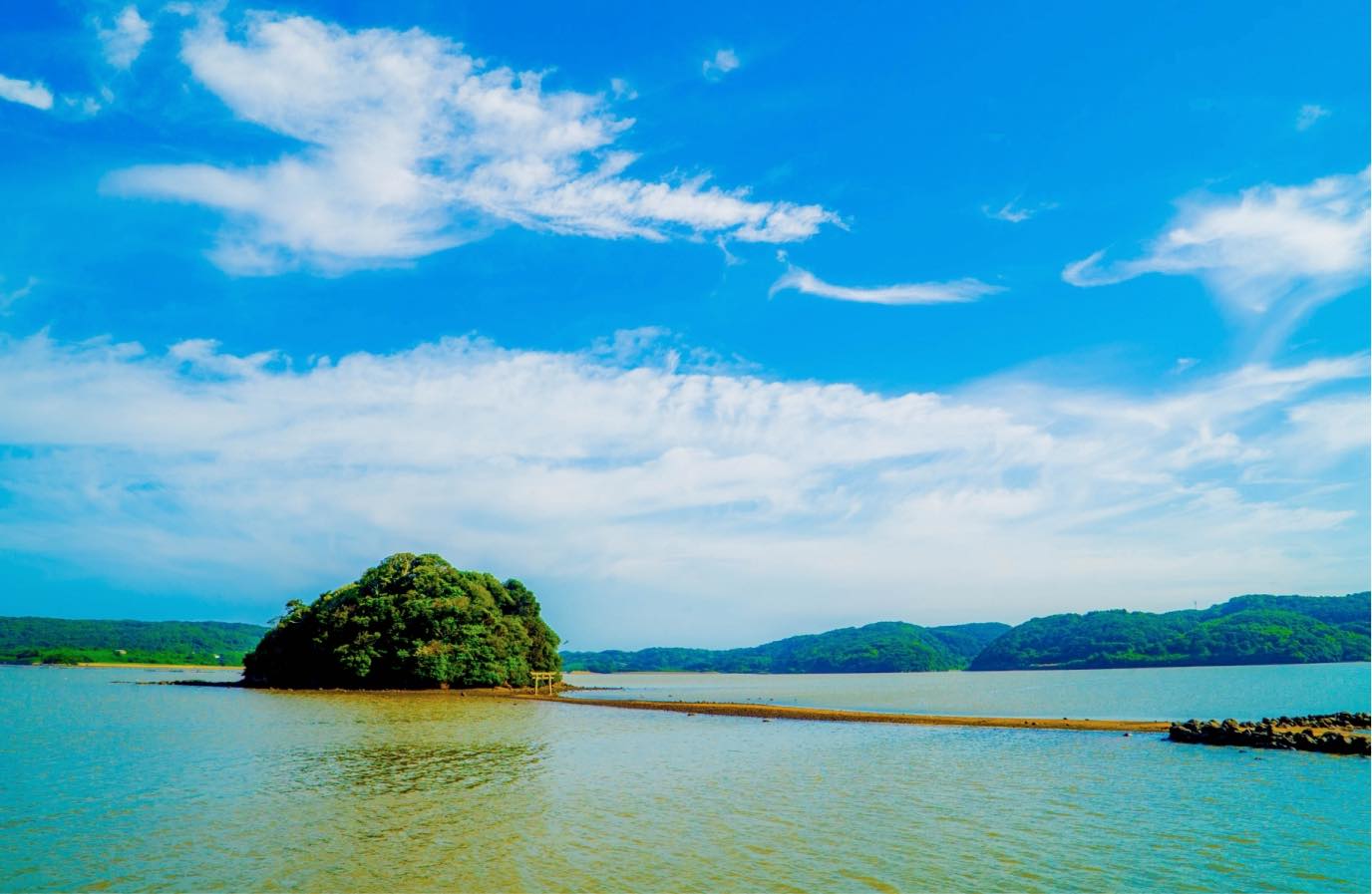
Jizo the Plump
Mystery Remains about the Hungaroring Jizo
Yahata-ura in eastern Iki Island is famous for its ama divers who harvest sea urchins. Along its coast stands the “Harahoge Jizo”. This sea-side Roku Jizo (six Jizo statues) saves people from the sufferings of the six realms (hell, hungry spirits, animals, asuras, humans, and heavenly beings).
While accessible for worship at low tide, it becomes completely submerged during high tide. It’s called “Harahoge Jizo” (Hollow-chested Jizo) because of the round hole in its chest, designed to prevent offerings from being washed away by the sea.
While its origins are unknown, it’s said to commemorate drowned ama divers, honor whales caught around Iki, and pray for protection against epidemics.
Address:
1342-102 Moroyoshi Honmura-fure, Ashibe-cho, Iki City, Nagasaki Prefecture
Kojima Shrine
Mont Saint-Michel in Japan Kojima Shrine
Iki has 150 registered Shinto shrines, and some say it’s the birthplace of Shinto, given its numerous ancient shrines.
At Kojima Shrine, the entire island is considered so sacred that even taking small branches is forbidden. The shrine’s approach appears and disappears with the tides – accessible during low tide but becoming an island during high tide. Often called Japan’s Mont-Saint-Michel, this fascinating shrine can only be visited during low tide.
During low tide, you can observe marine life stranded when the tide recedes, adding to the unique experience.
Address:
1969 Moroyoshi Futamata-fure, Ashibe-cho, Iki City, Nagasaki Prefecture
Tsukiyomi Shrine
Birthplace of Shintoism Tsukiyomi Shrine
monkey rock
Monkey Rock, mentioned in the birth myth.
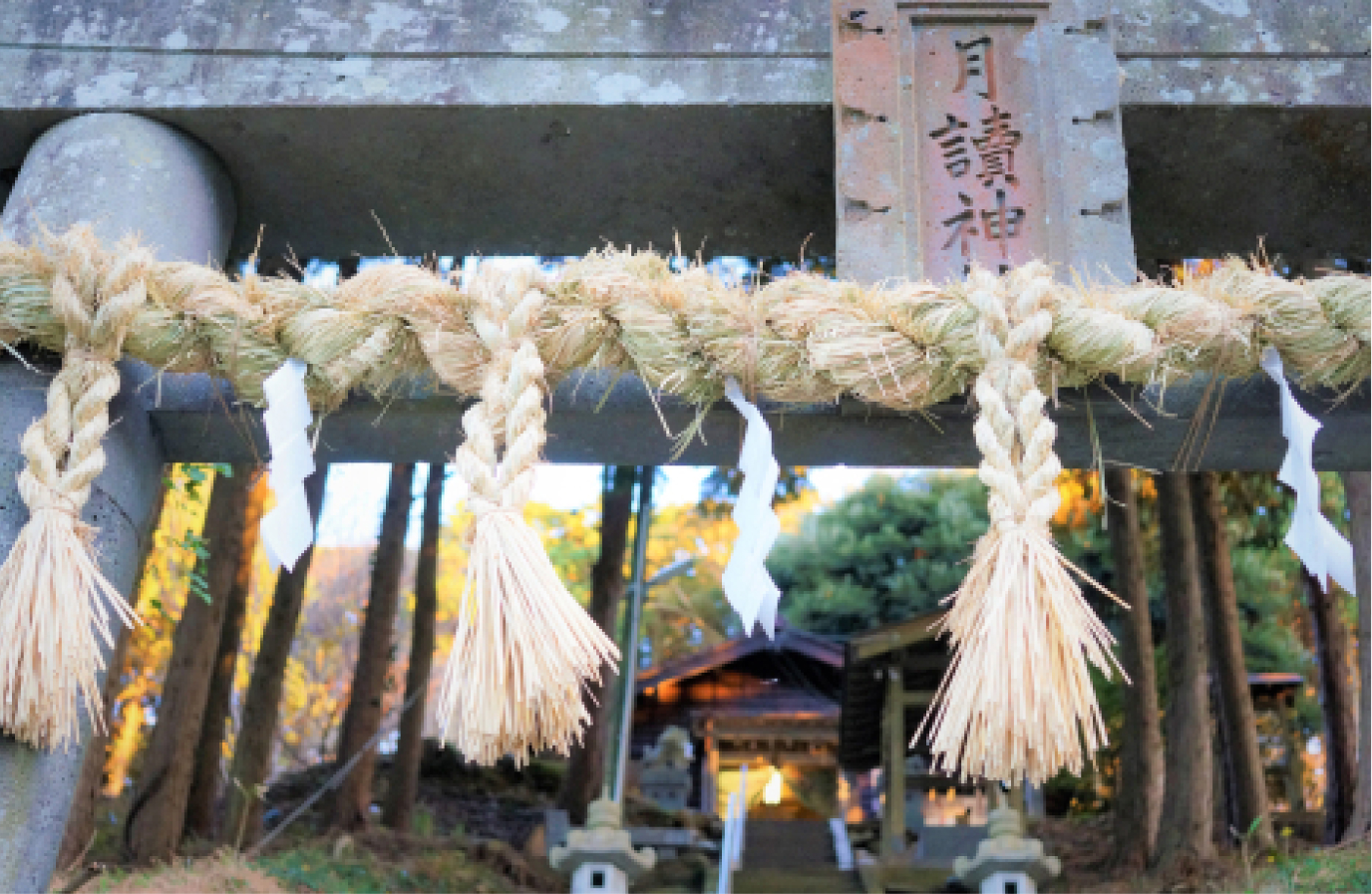
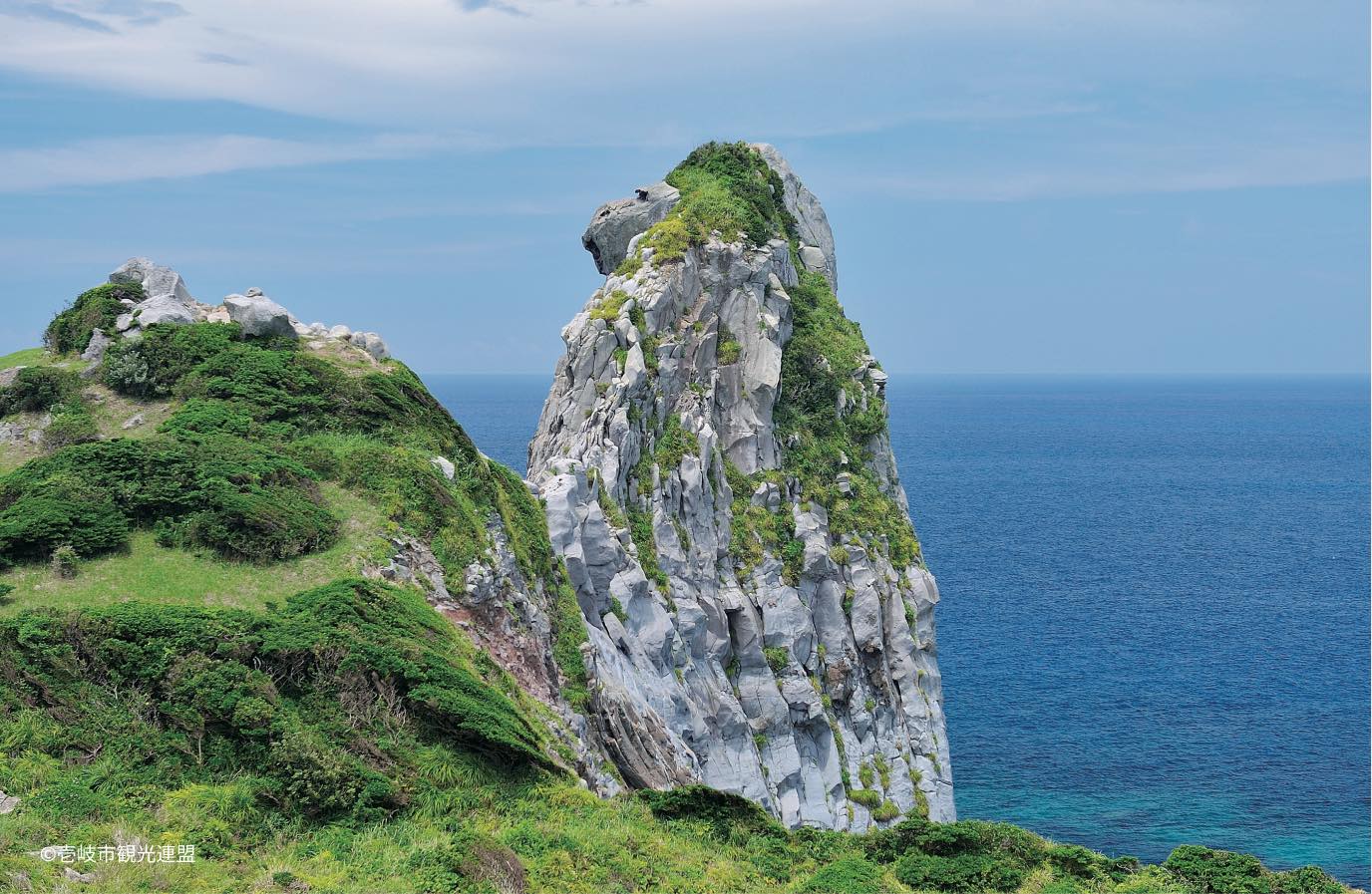
Tsukiyomi Shrine
Birthplace of Shintoism Tsukiyomi Shrine
Tsukiyomi Shrine, nestled among dense trees, enshrines three deities: Tsukiyomi-no-Mikoto, Tsukiyumi-no-Mikoto, and Tsukiyomi-no-Mikoto.
According to tradition, it received a divided spirit from Matsuo Taisha’s Tsukiyomi Shrine in Kyoto in 487, marking a significant moment in the establishment of Shinto in central Japan. From the torii gate along the prefectural road, steep stone steps wind through a cypress forest. The dense foliage creates a mystical atmosphere, keeping the area dark even during daytime.
Known as the birthplace of Shinto, it has recently gained attention in various media.
Address:
464 Kokubu Higashifure, Ashibe-cho, Iki City, Nagasaki Prefecture
Phone:
0920-45-4145
monkey rock
Monkey Rock, mentioned in the birth myth.
This 45-meter-high basalt sea cliff is located at the tip of the Kurosaki Peninsula, west of Yumo Bay, Iki’s hot spring area.
As you can see in the photo, it remarkably resembles a “monkey” looking away, showcasing nature’s whimsical artistry. It’s also known as one of the eight pillars in Iki Island’s creation mythology.
You can relax at the benches and tables of Iki City’s antenna shop “Saru no Kagoya” while viewing the monkey rock. With parking and clean restrooms available, it’s recommended for tourists.
Address:
890-2 Shinden-fure, Gonoura-cho, Iki City, Nagasaki Prefecture
Yasuzaemon Matsunaga Memorial Hall
Matsunaga Yasuzaemon Memorial Museum, an essential part of modern history
Birthplace of barley shochu
The birthplace of barley shochu
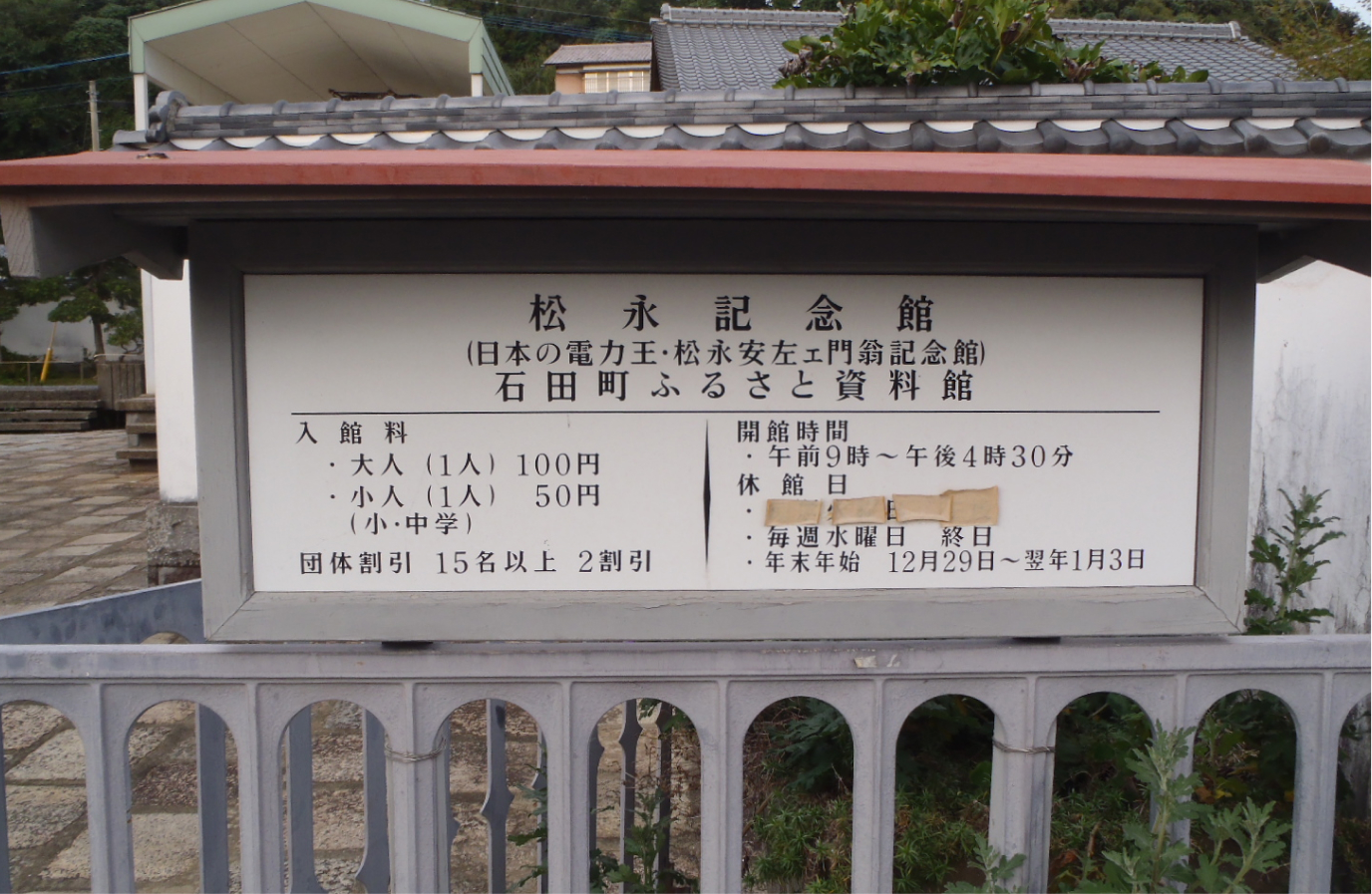
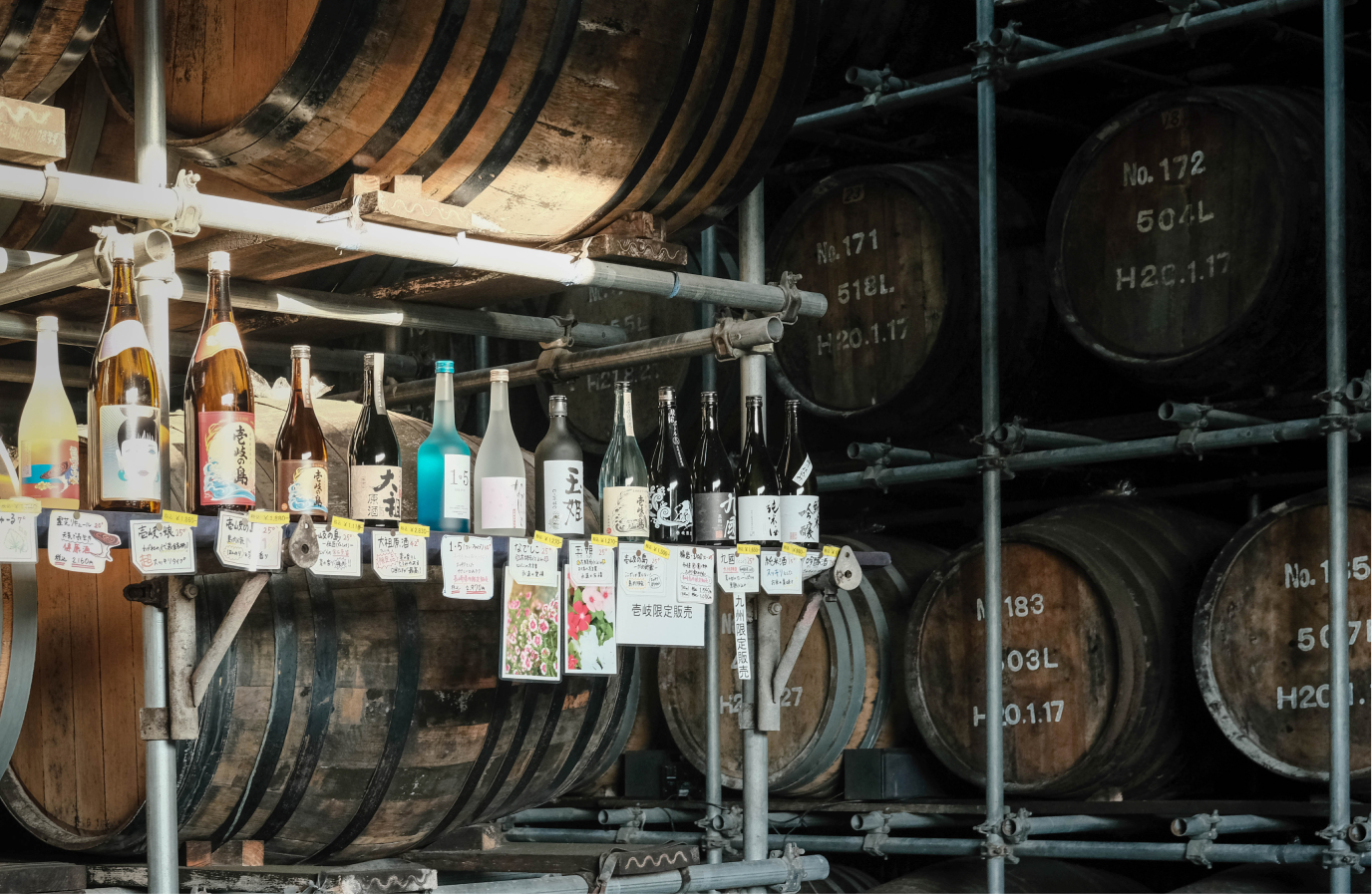
Yasuzaemon Matsunaga Memorial Hall
Matsunaga Yasuzaemon Memorial Museum, an essential part of modern history
Matsunaga Yasuzaemon contributed to Japan’s electrical power development and industrial economic growth from the Meiji to Showa periods.
The “Matsunaga Yasuzaemon Memorial Museum” was built at his birthplace to preserve his legacy. The museum displays his personal items and correspondence from figures like Goto Shinpei and Prime Minister Inukai Tsuyoshi.
A local history museum is also on site. His life as one of the Showa era’s most renowned tea ceremony masters is impressive. In the quiet stone-paved garden, a streetcar from the Fukuoka City Tramway, which he established in 1909, catches visitors’ attention.
Address:
360 Indoji-ura, Ishida-cho, Iki City
Phone:
0920-44-6688
Birthplace of barley shochu
The birthplace of barley shochu
Did you know that Iki is the birthplace of barley shochu? Since ancient times, Iki has been known for rice cultivation. With abundant grain and quality groundwater, a culture of alcohol production flourished, with many farmers making doburoku (unrefined sake).
Distillation techniques are said to have been introduced from the continent between the Muromachi and Azuchi-Momoyama periods. During the Edo period, under heavy taxation from the Hirado domain, islanders used barley as their staple food instead of rice. The original Iki barley shochu was created by combining home-distilled spirits made from surplus barley with rice koji. The continued use of rice koji, a unique Japanese brewing characteristic, reflects the islanders’ pride.
In July 1995, Iki shochu’s traditional methods received WTO (World Trade Organization) “geographical indication” recognition. This globally recognized regional specialty continues to be preserved by seven distilleries on the island.
Original Activities
Original Activities
Available Only Here
Iki Retreat Umisato Murakami offers numerous special activities unique to the inn. From exclusive experiences like the “Katsumoto fish market tour” to enjoying sunset cruises in Yunomoto Bay (selected as one of Japan’s 100 best sunset views) on a pleasure boat “Sunset Cruise”, and cycling adventures across Iki Island – there are special activities for everyone from adults to children that can’t be experienced elsewhere. Please feel free to participate.
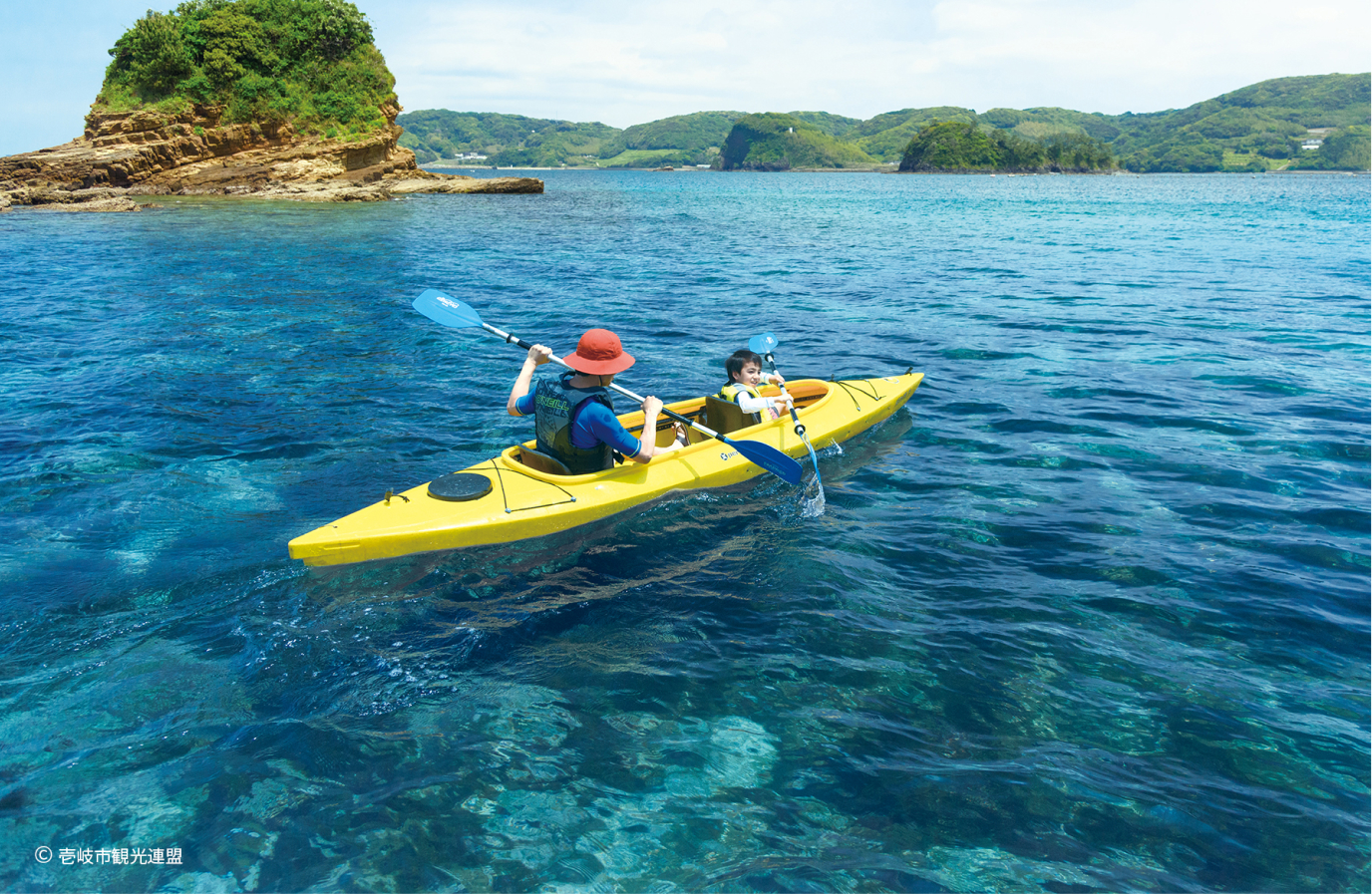
Iki Retreat Umisato Murakami offers numerous special activities unique to the inn. From exclusive experiences like the “Katsumoto fish market tour” to enjoying sunset cruises in Yunomoto Bay (selected as one of Japan’s 100 best sunset views) on a pleasure boat “Sunset Cruise”, and cycling adventures across Iki Island – there are special activities for everyone from adults to children that can’t be experienced elsewhere. Please feel free to participate.
